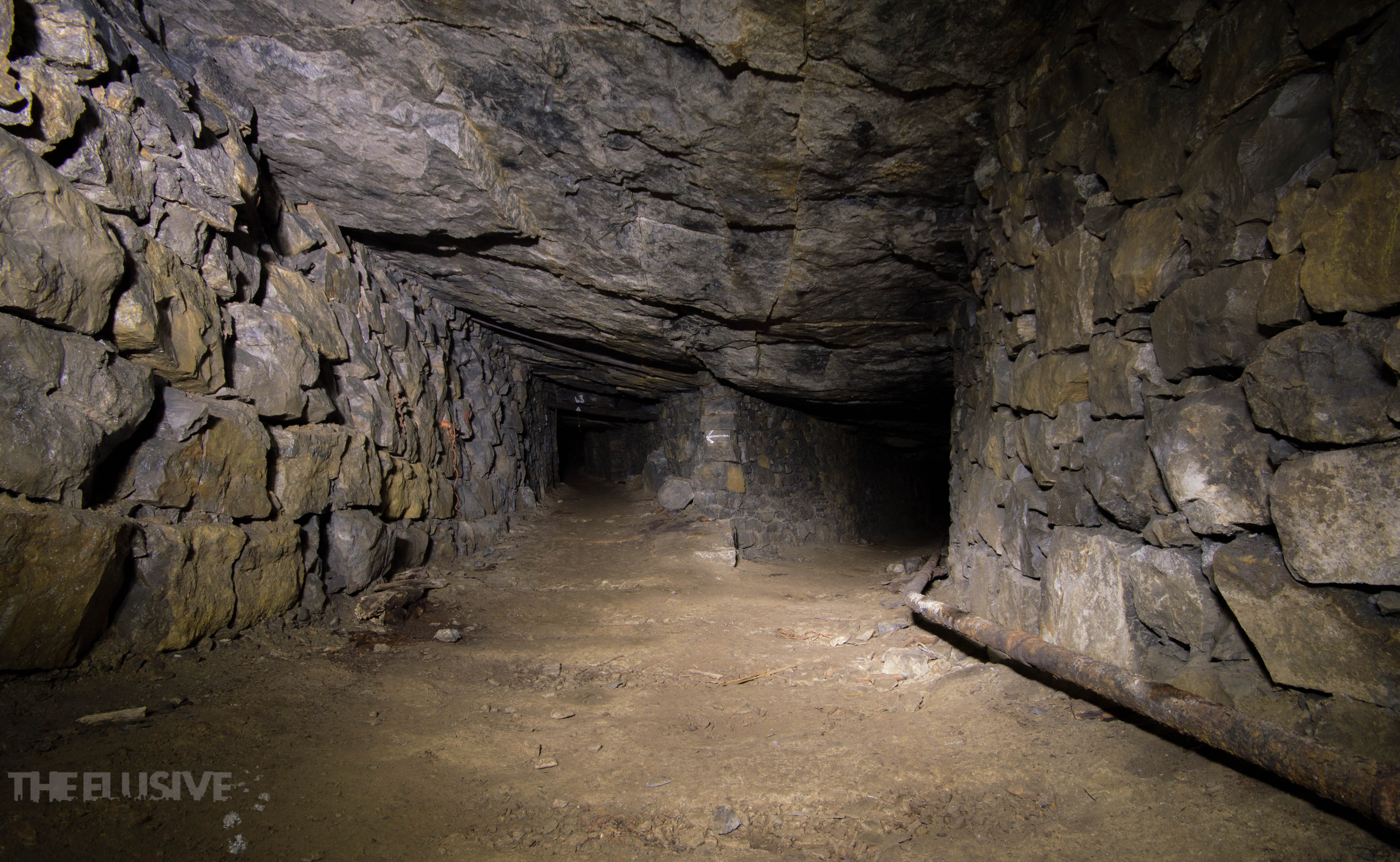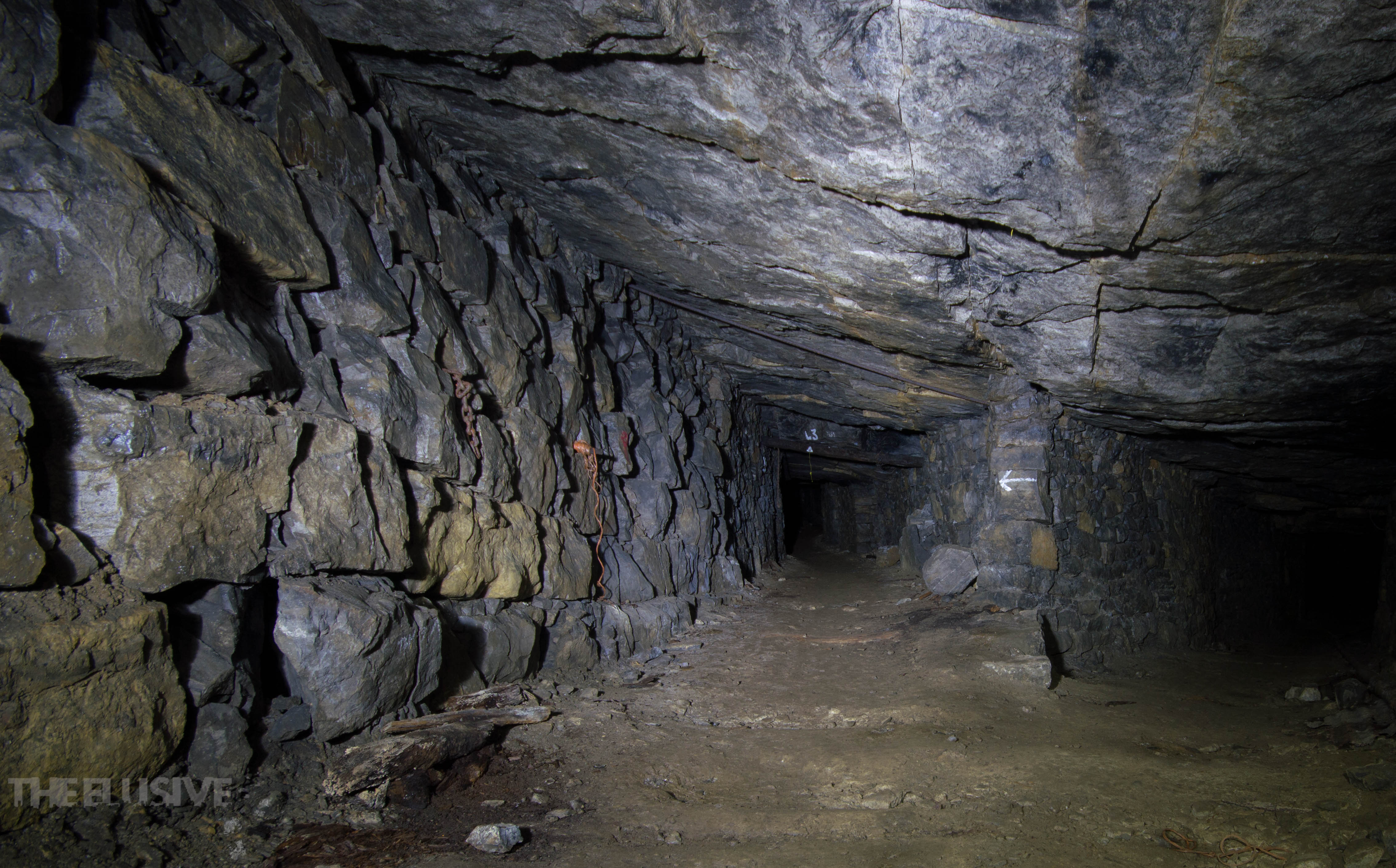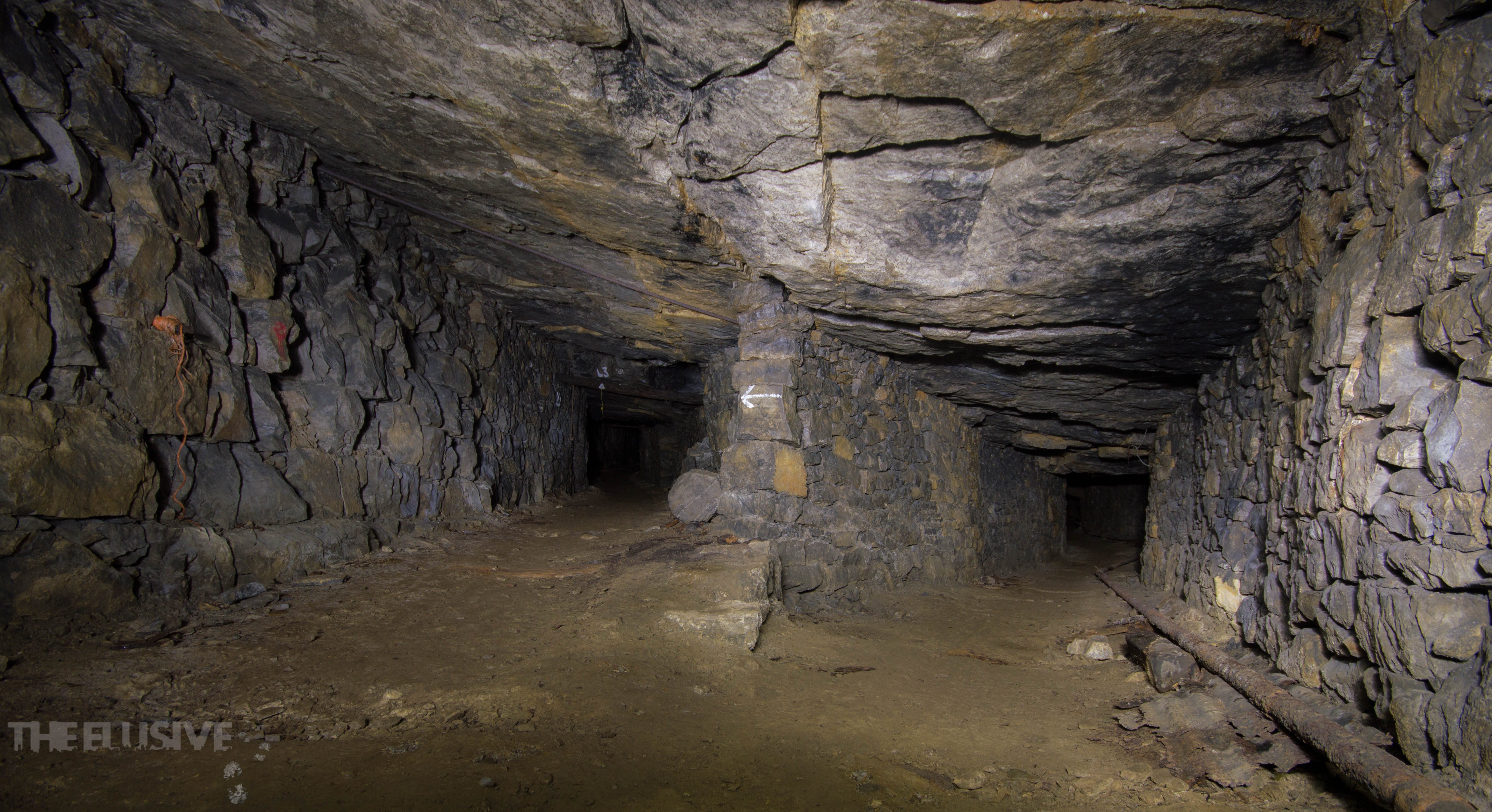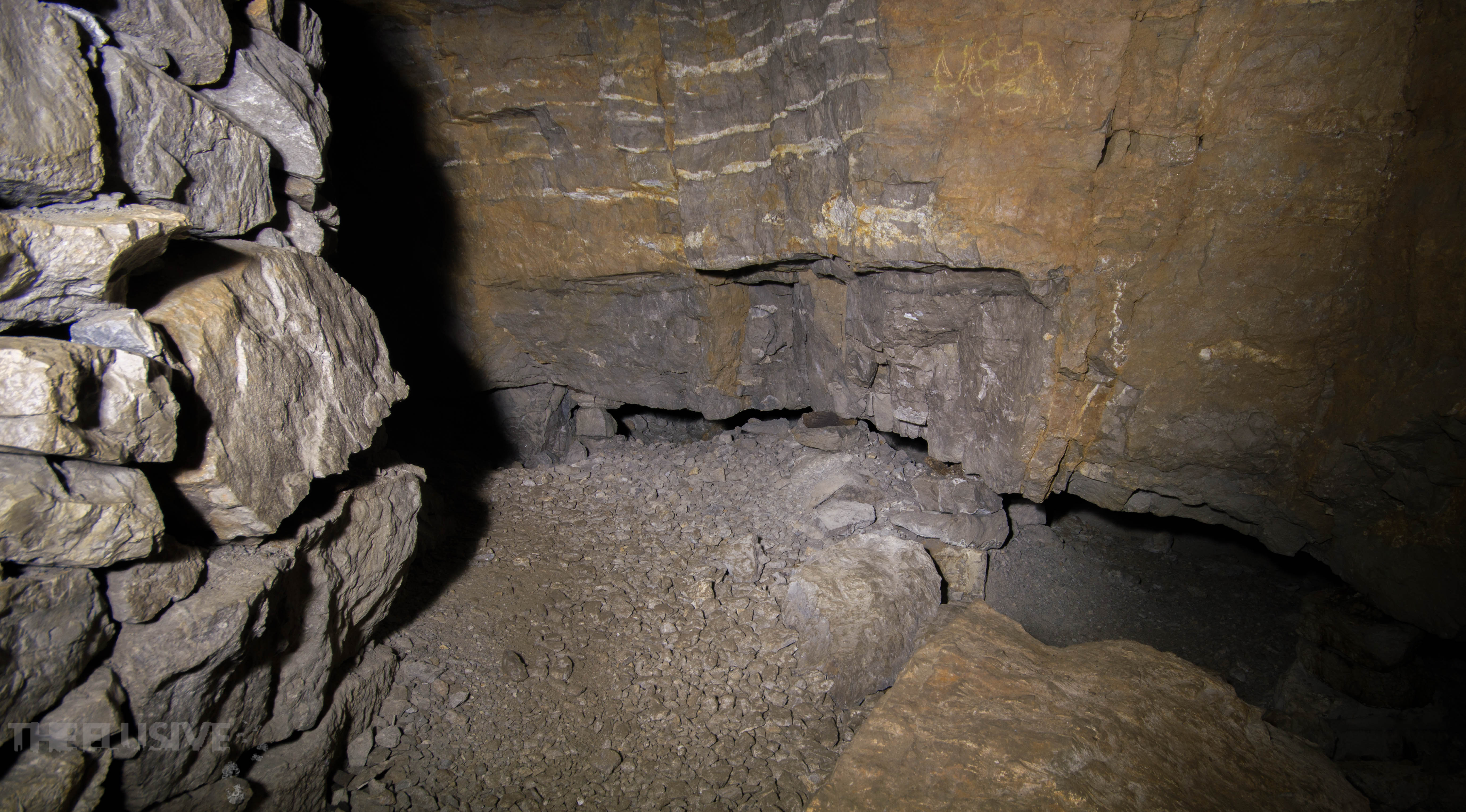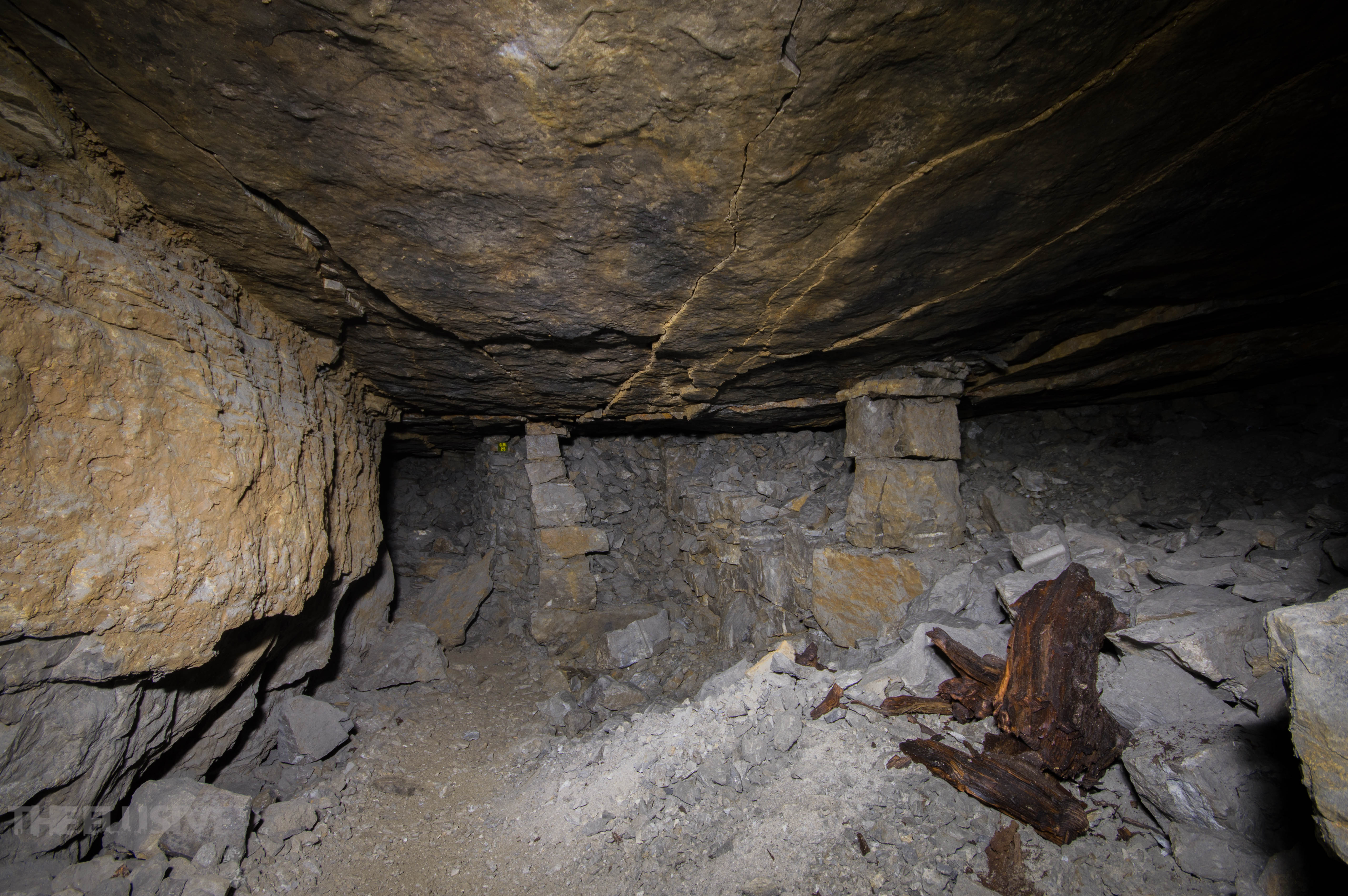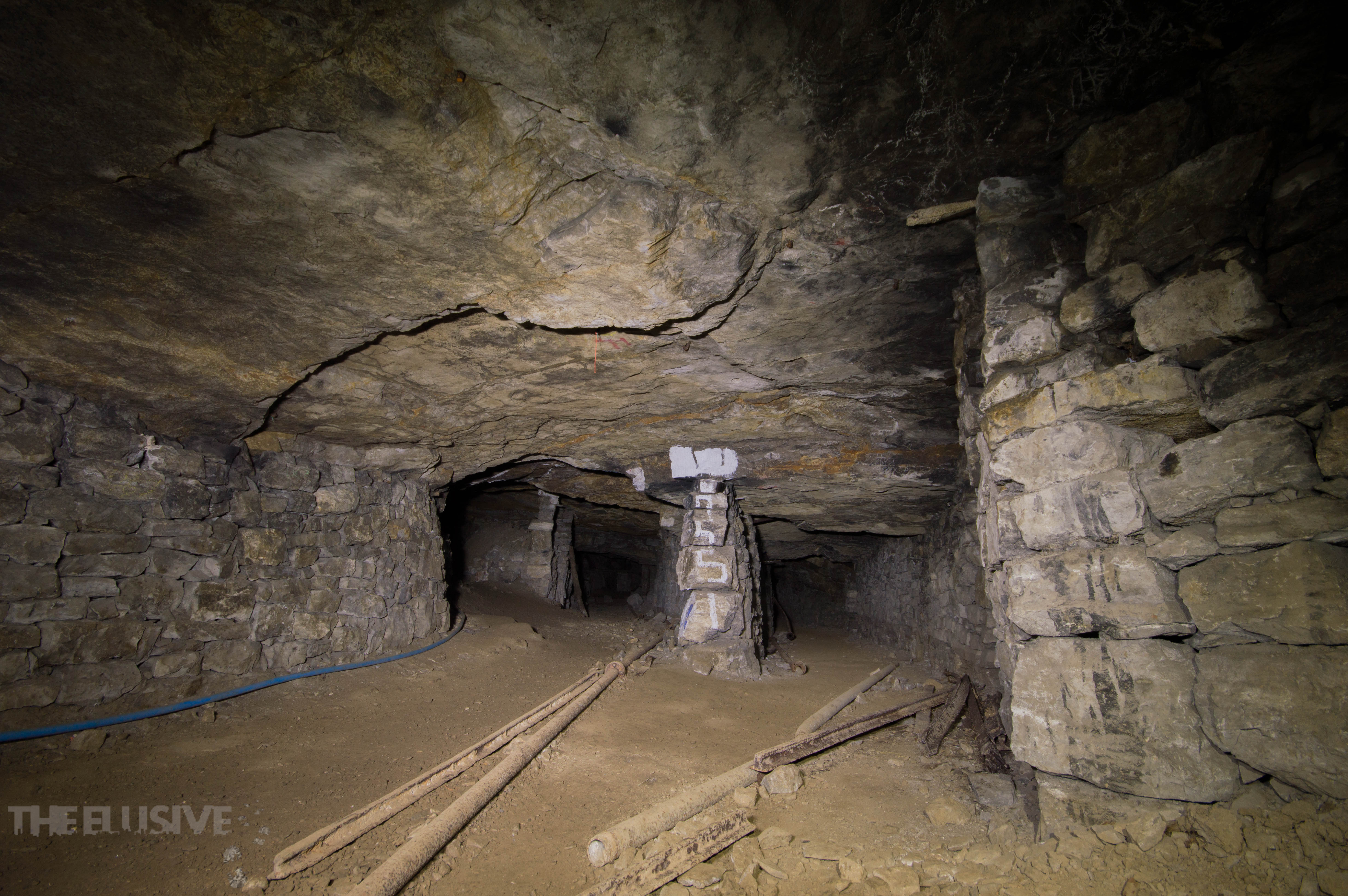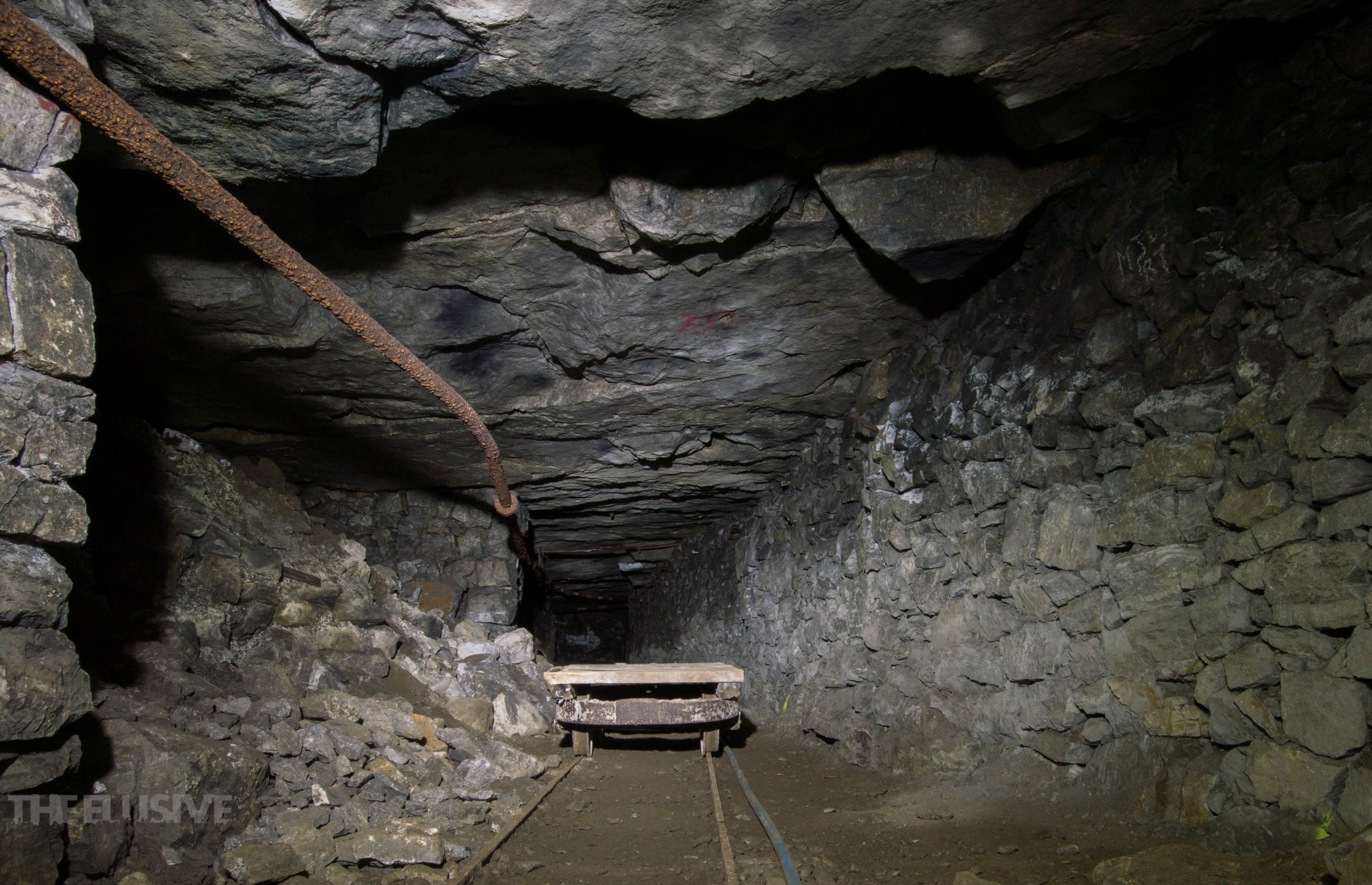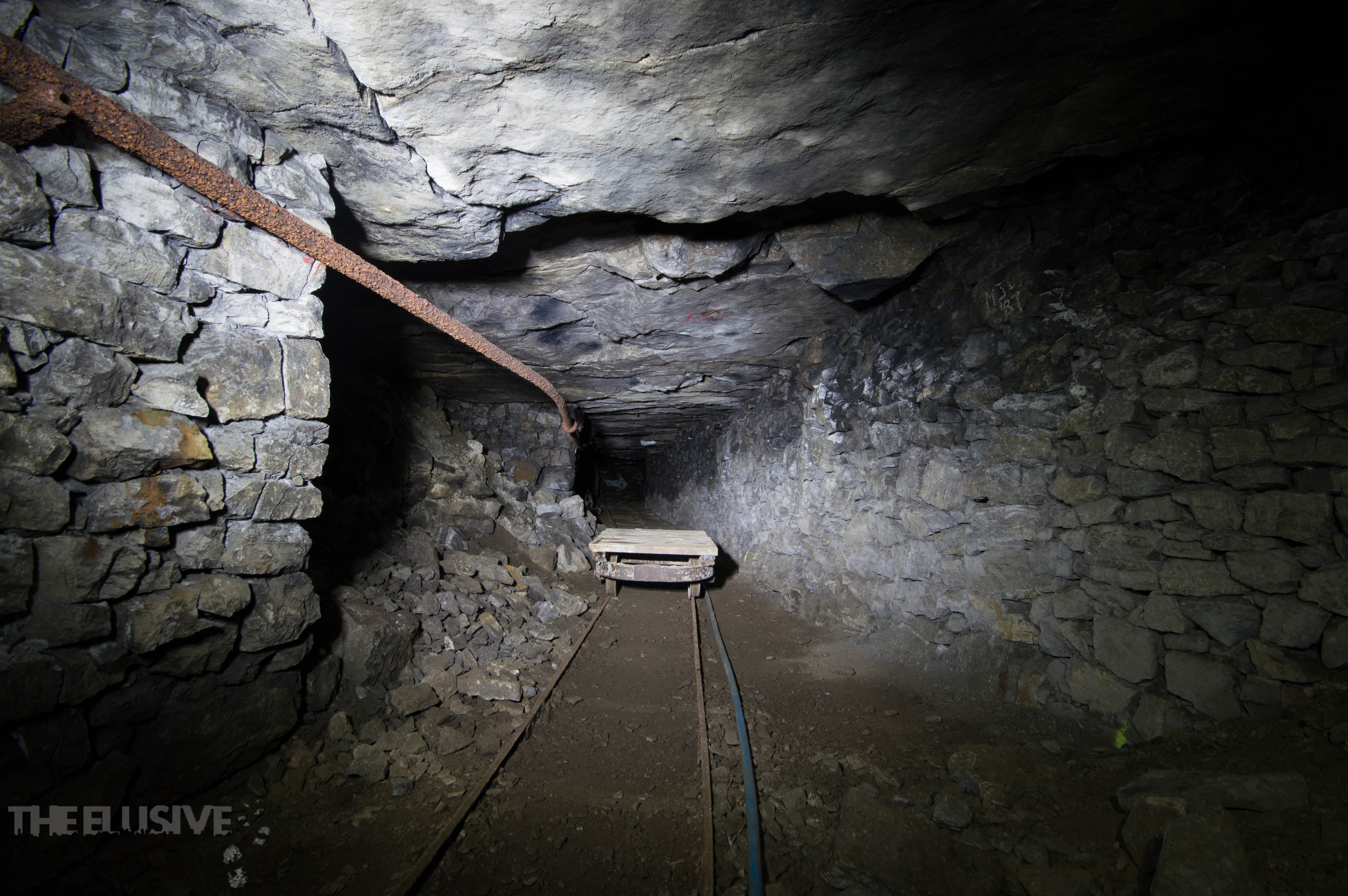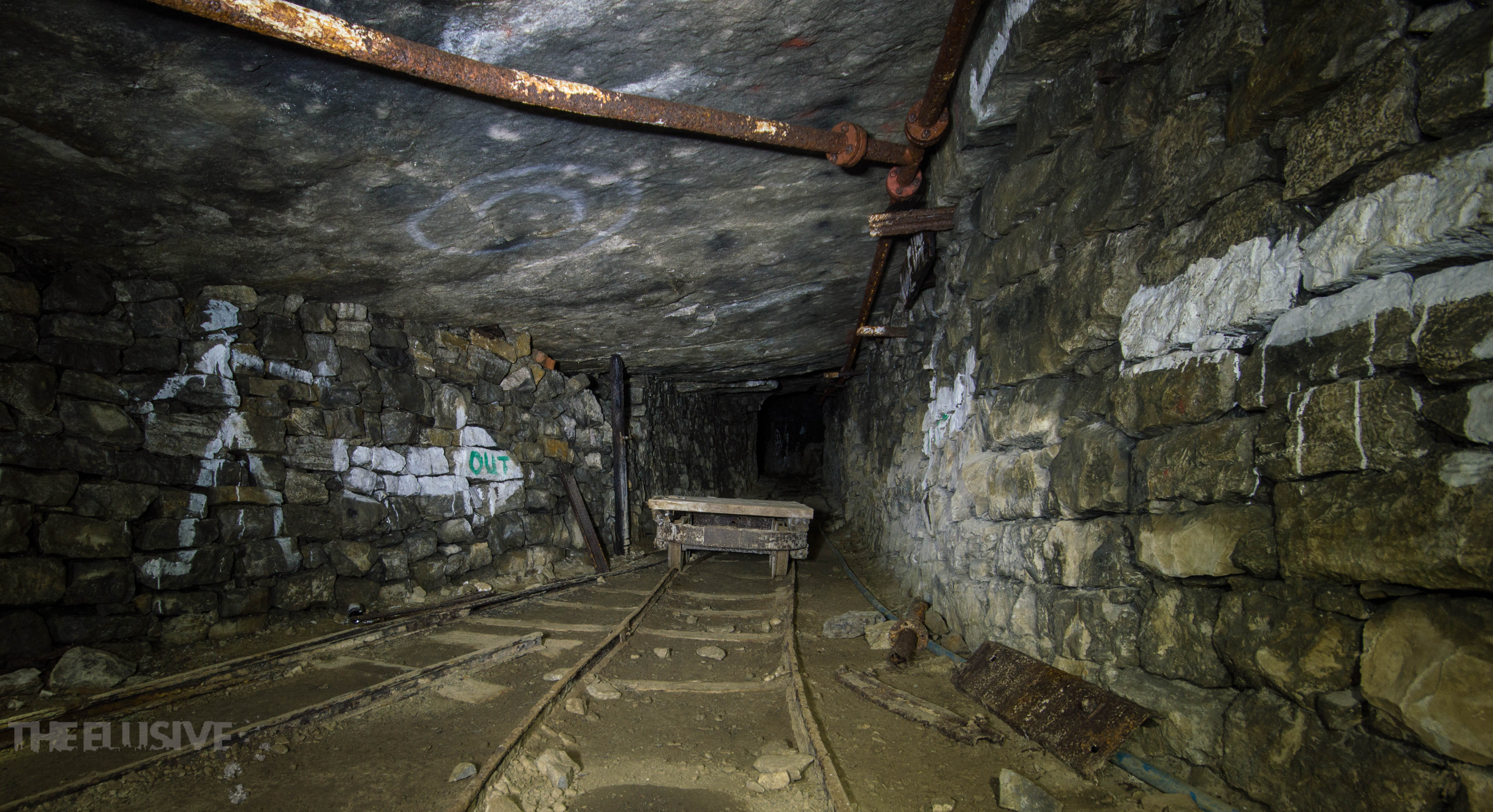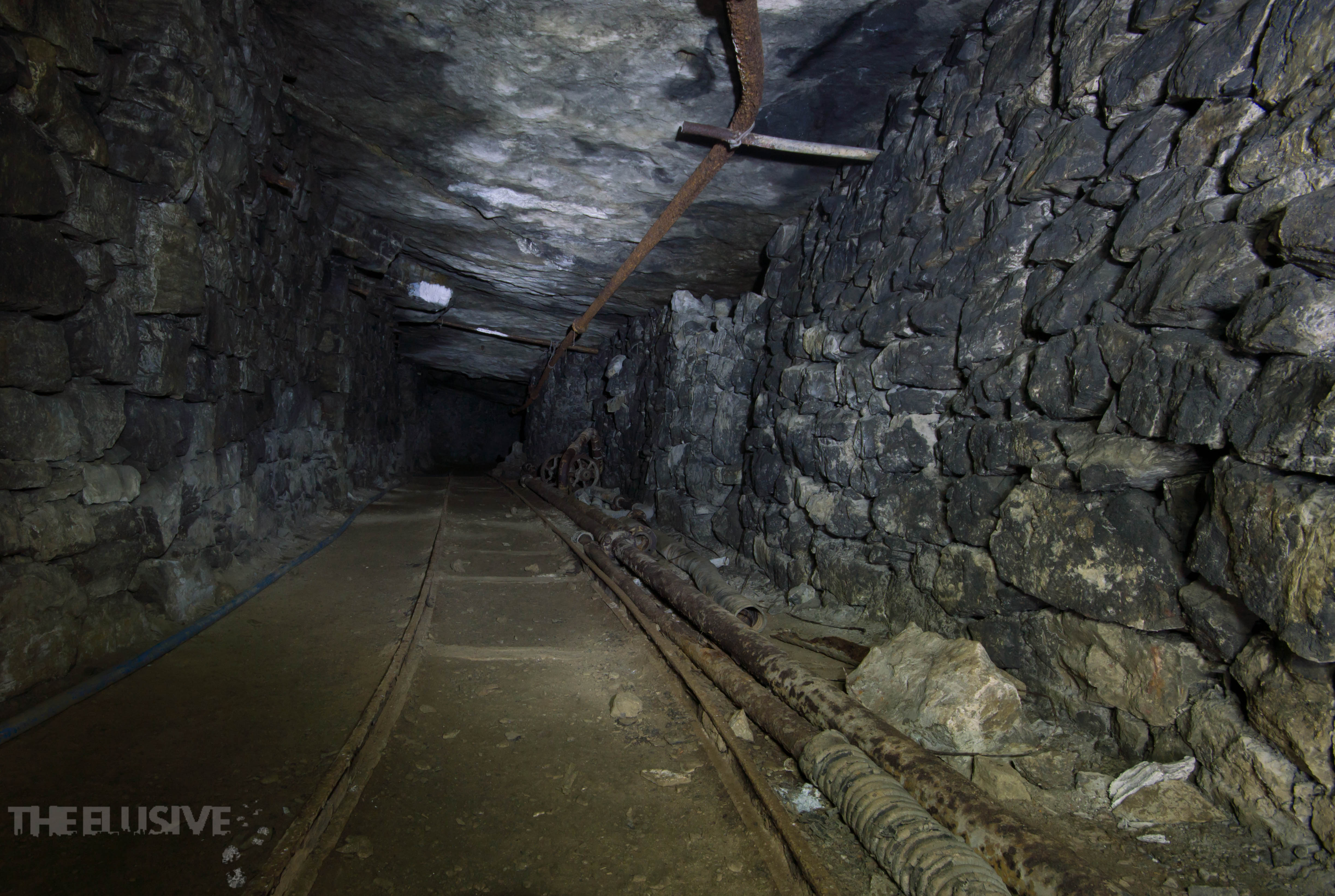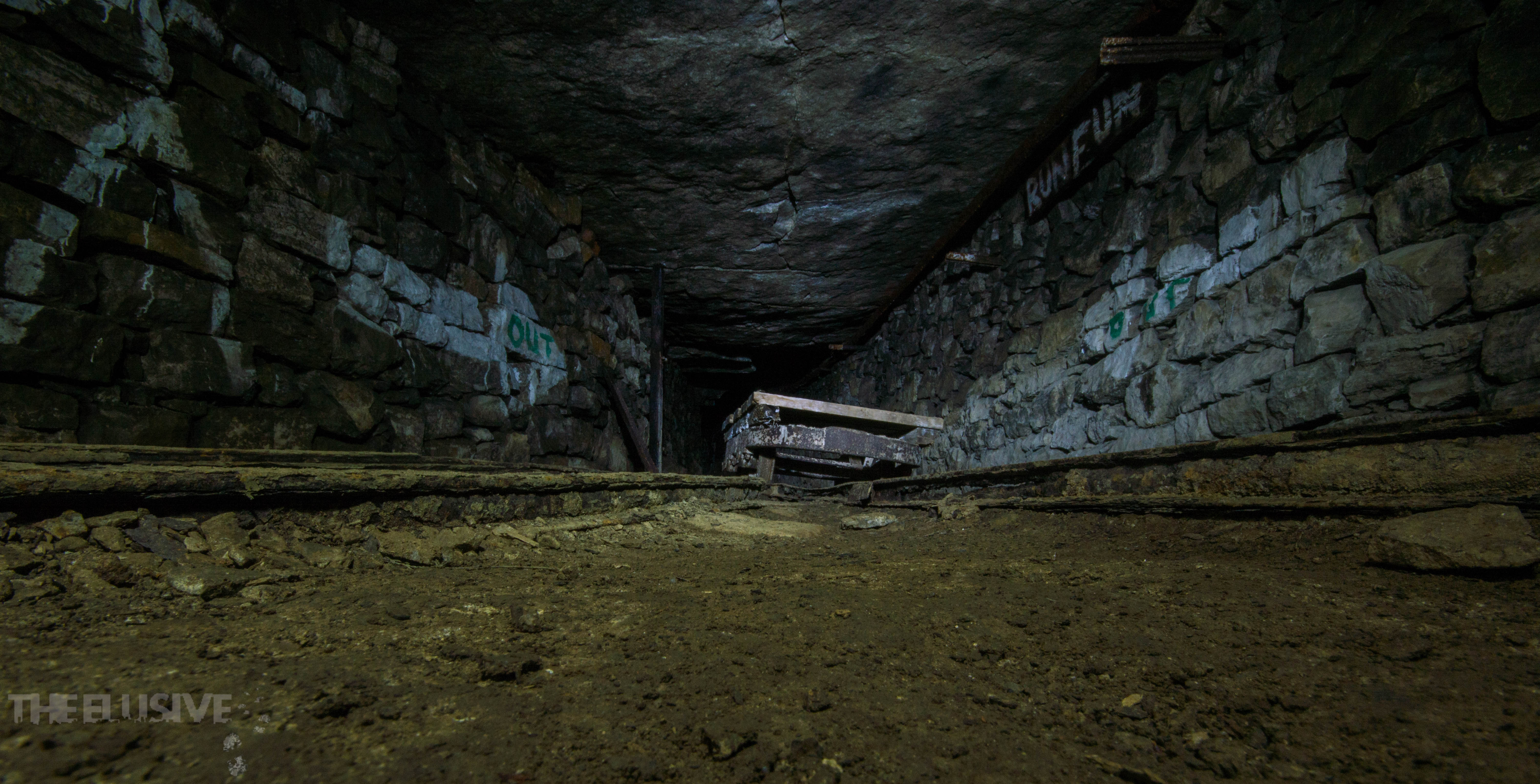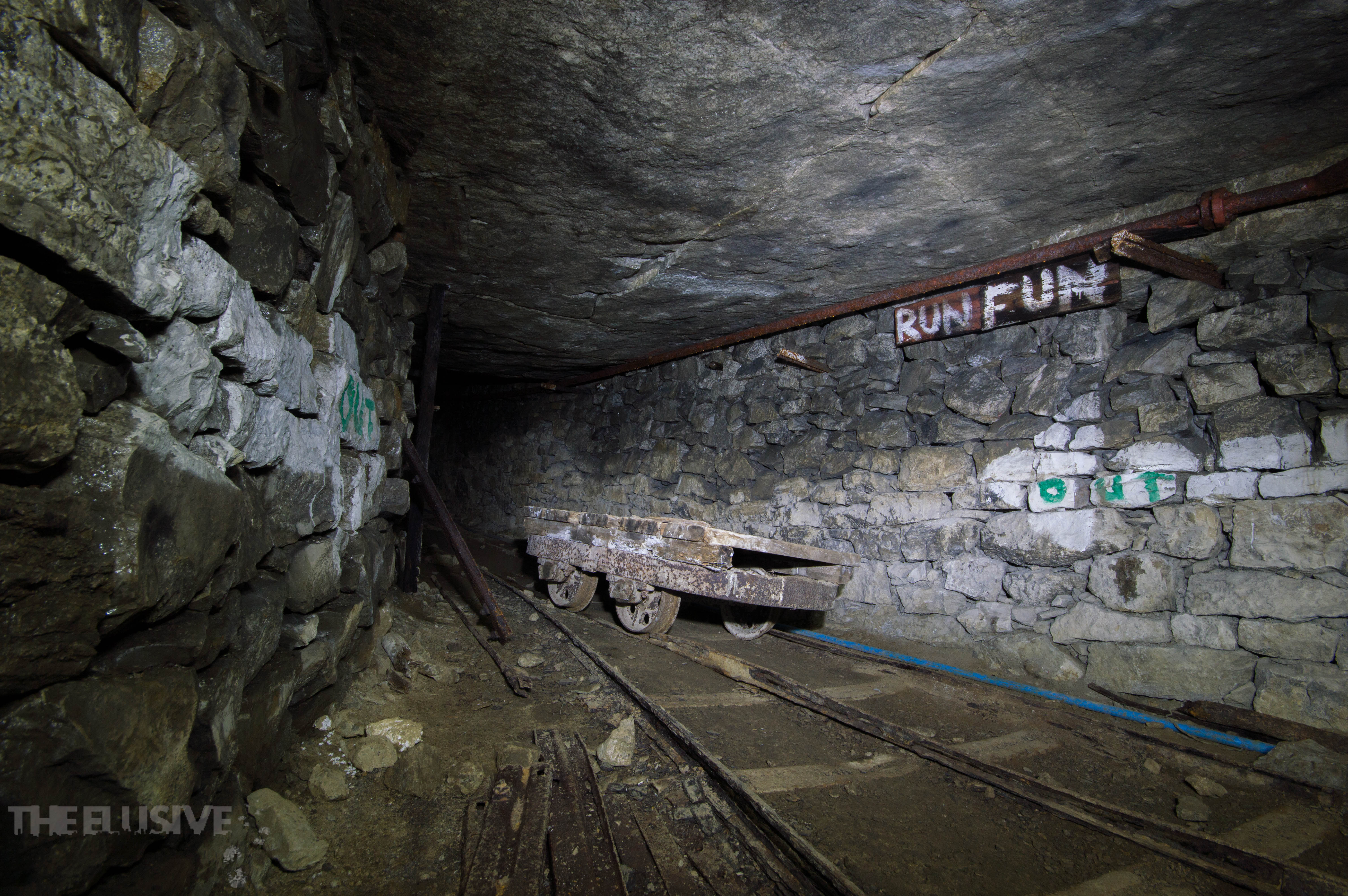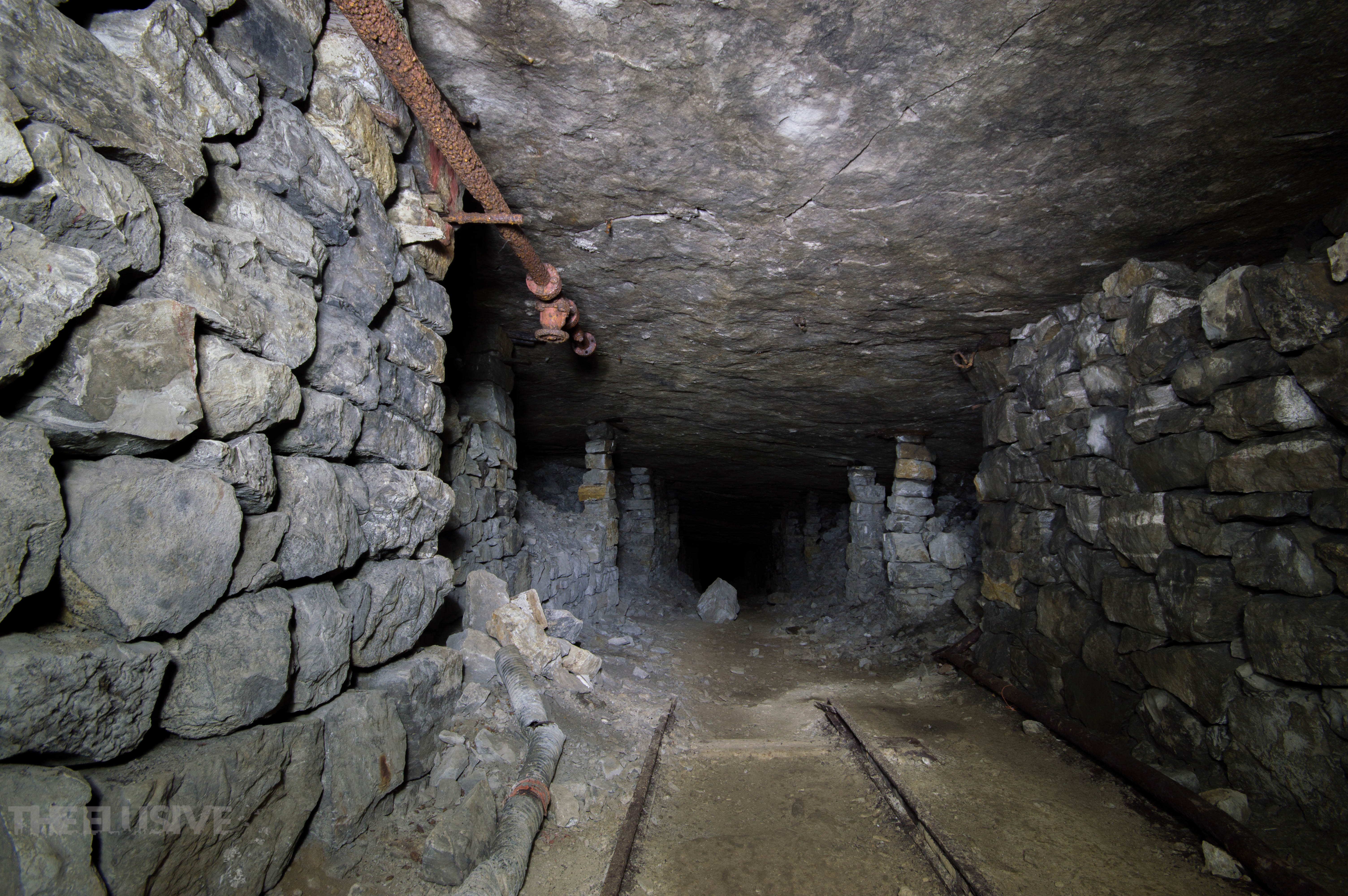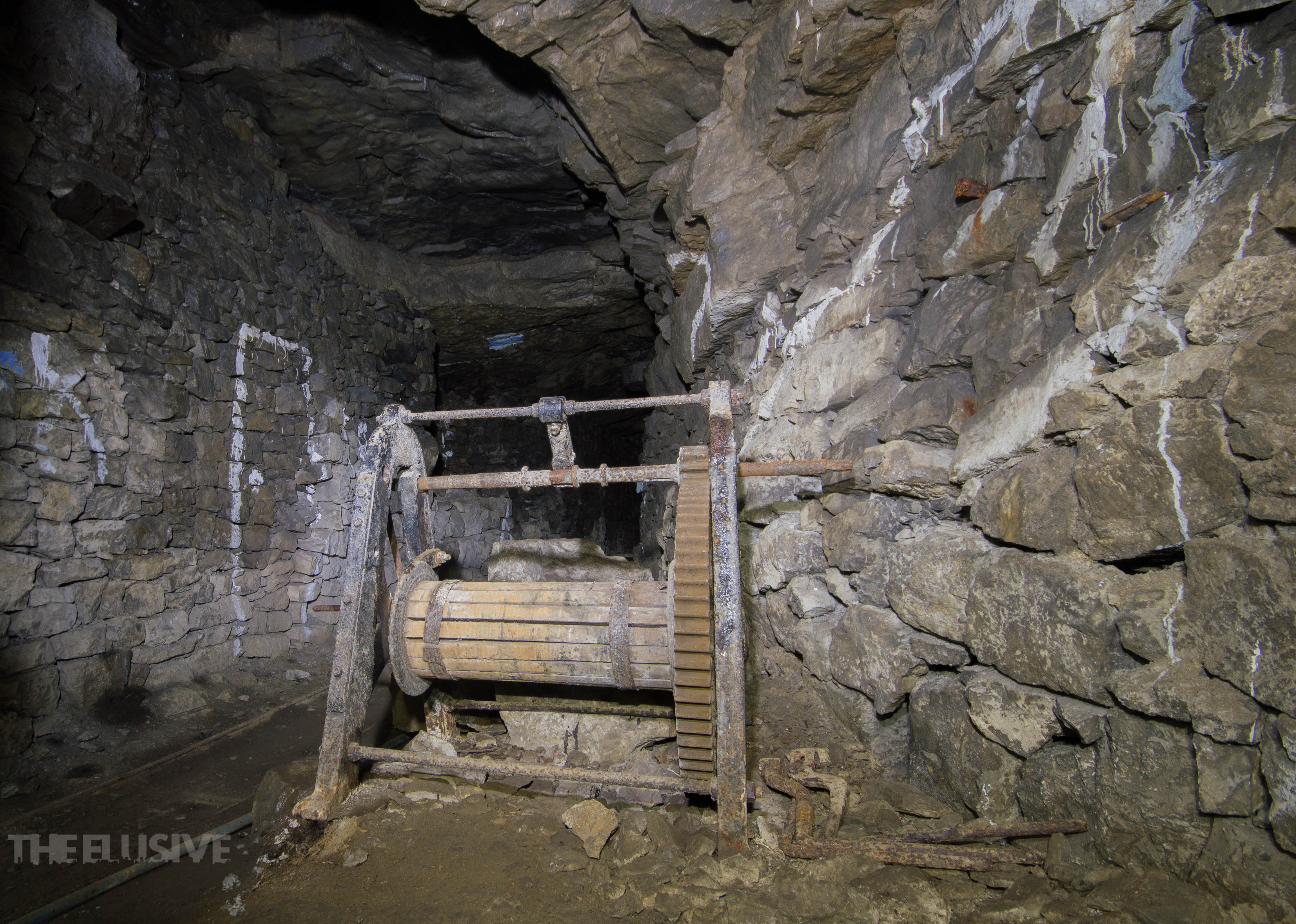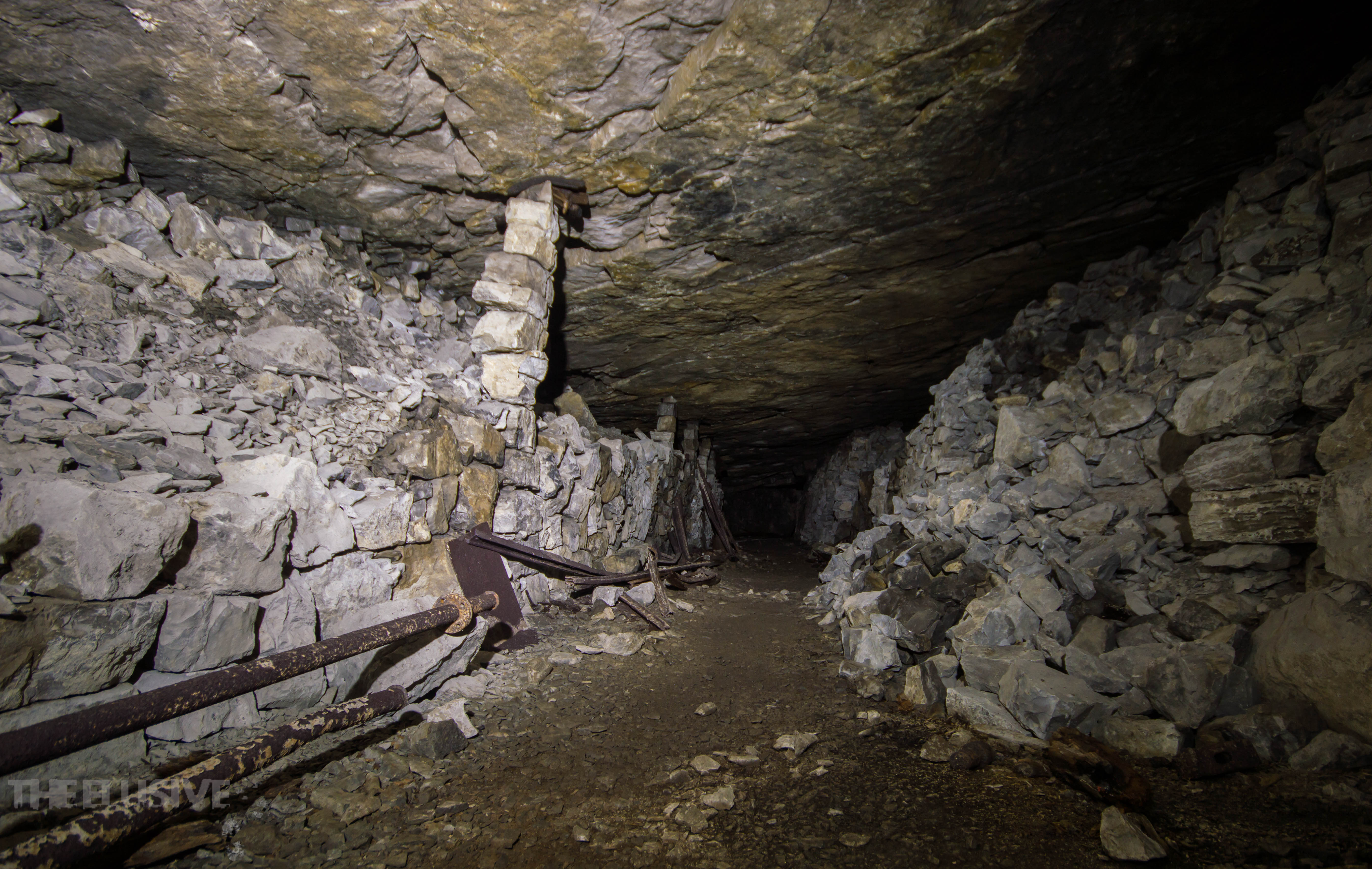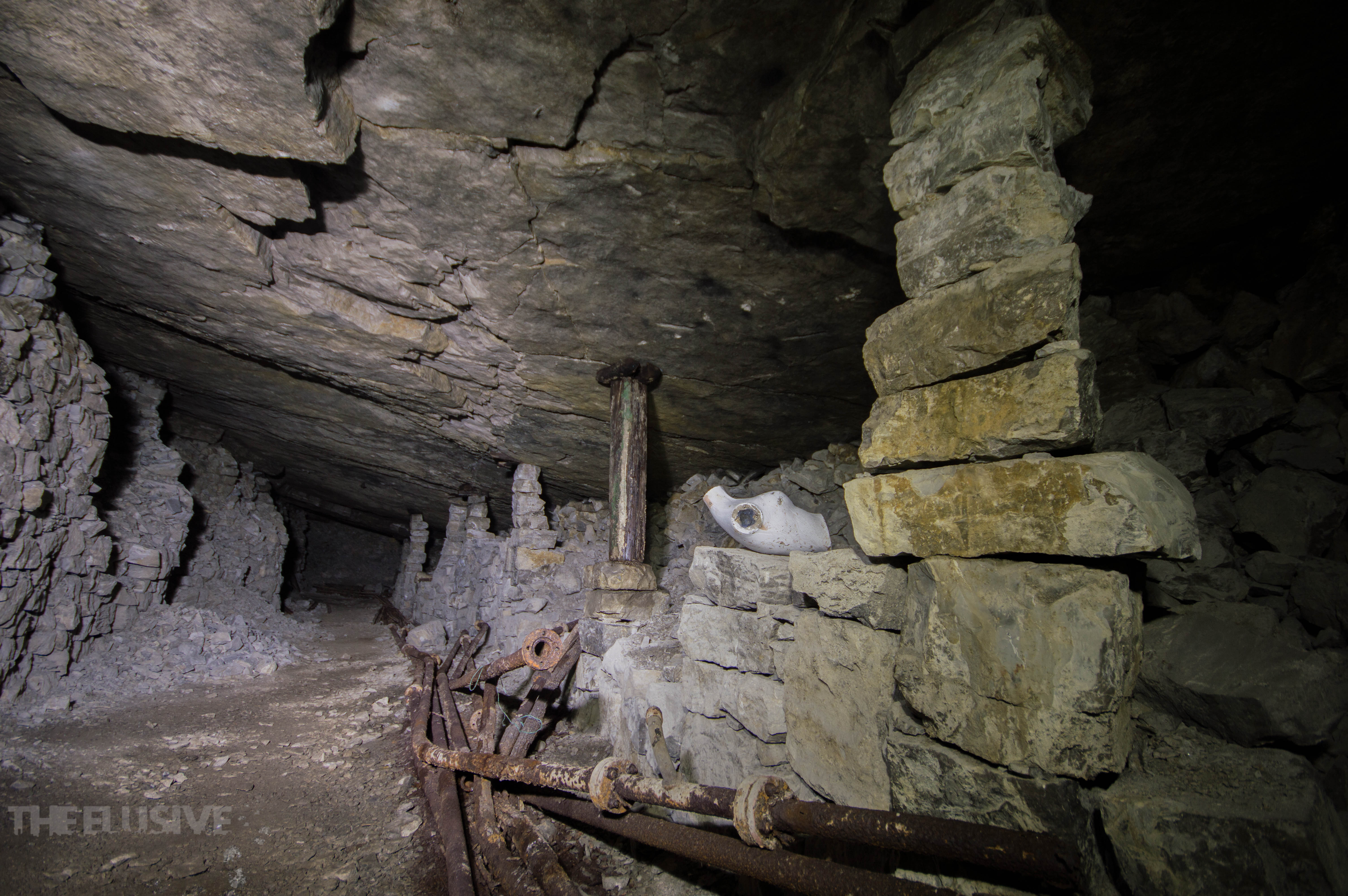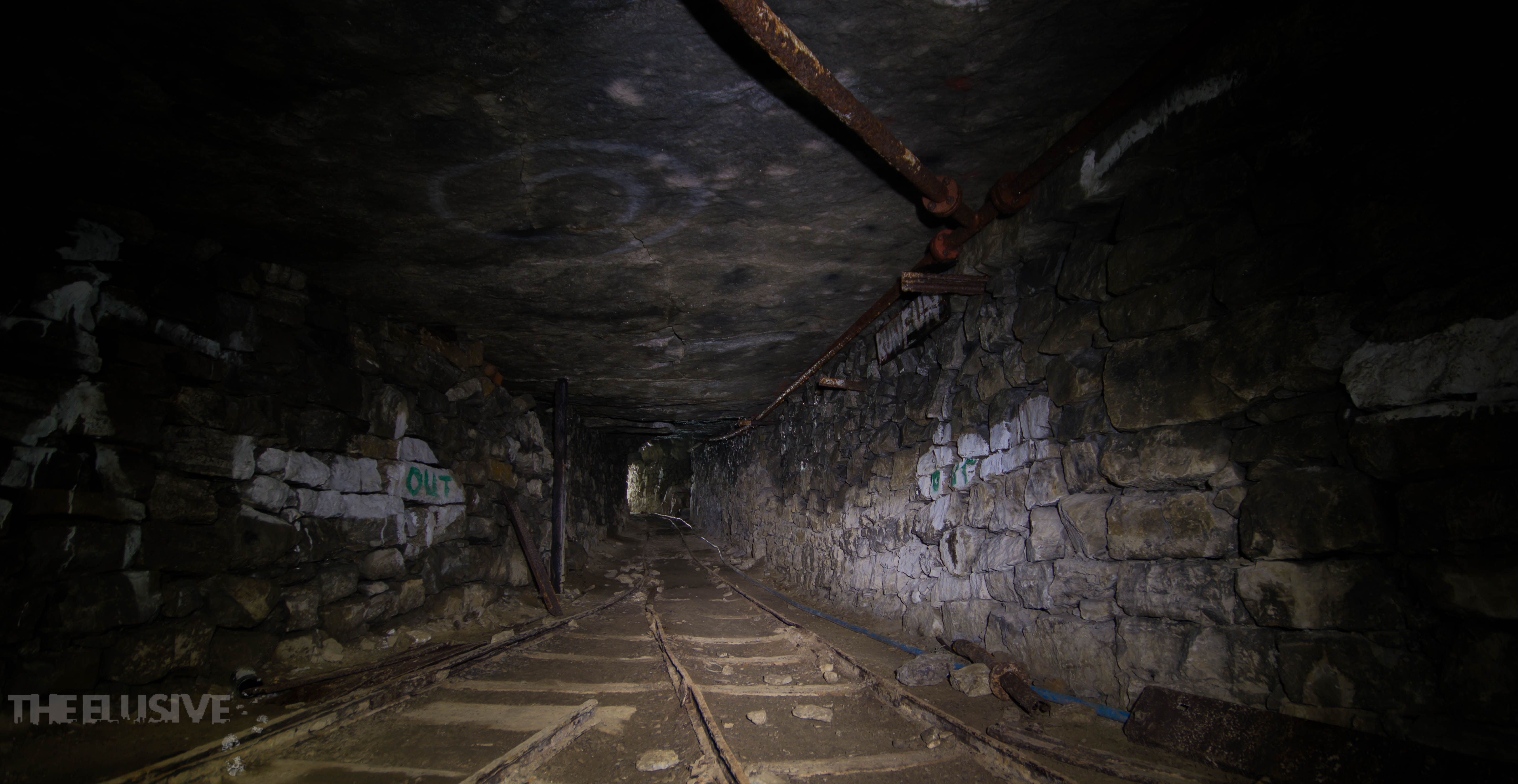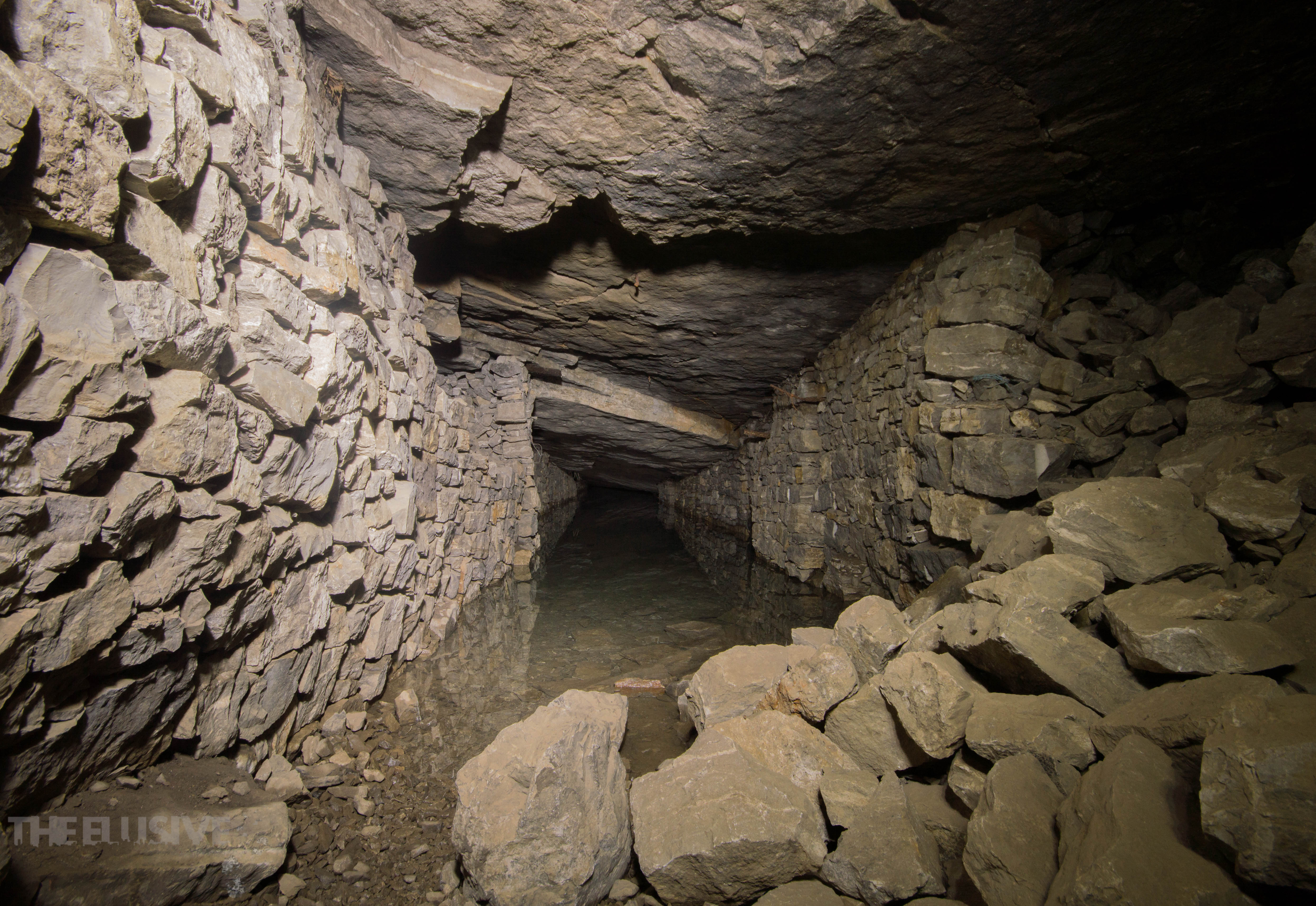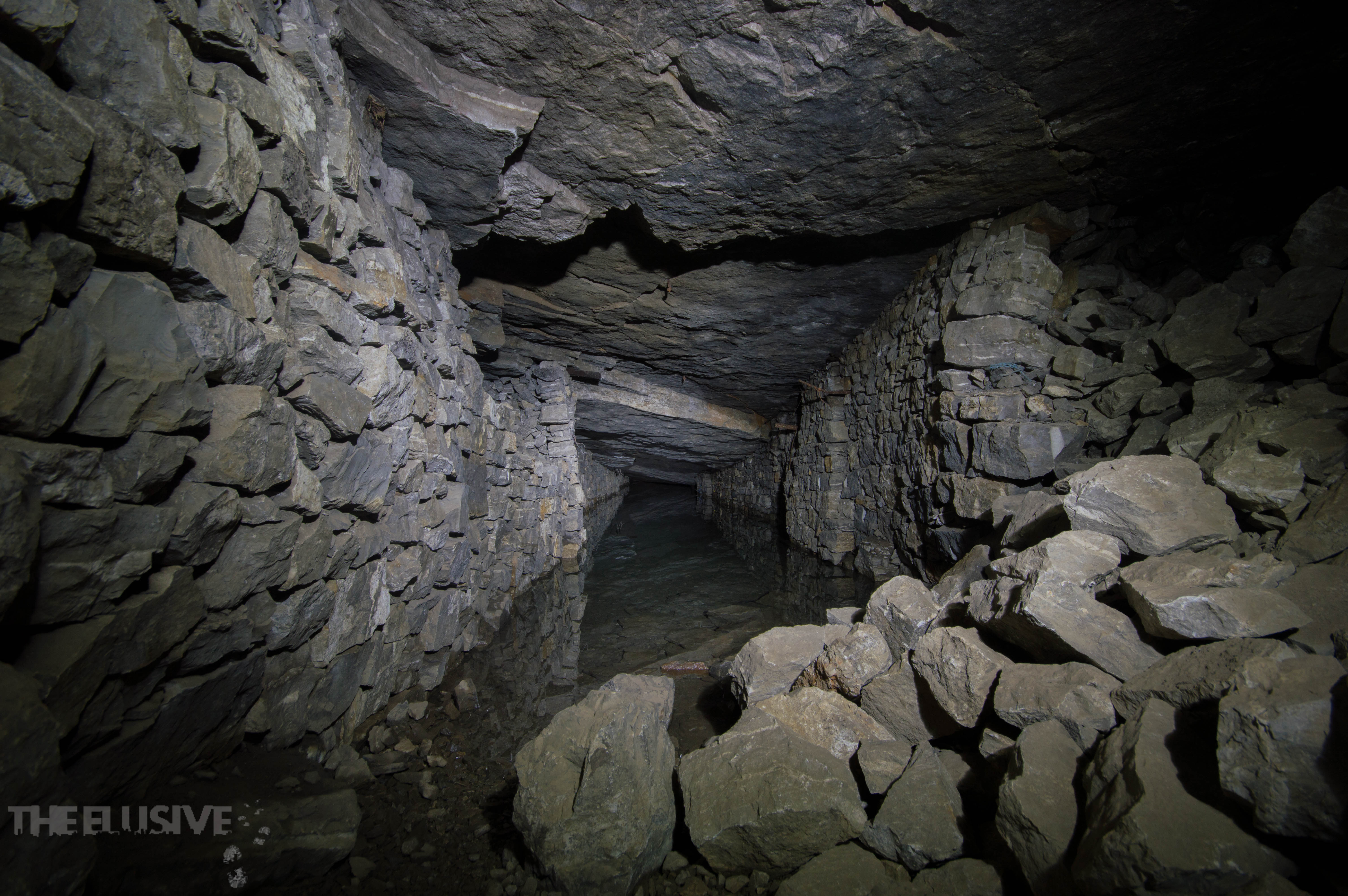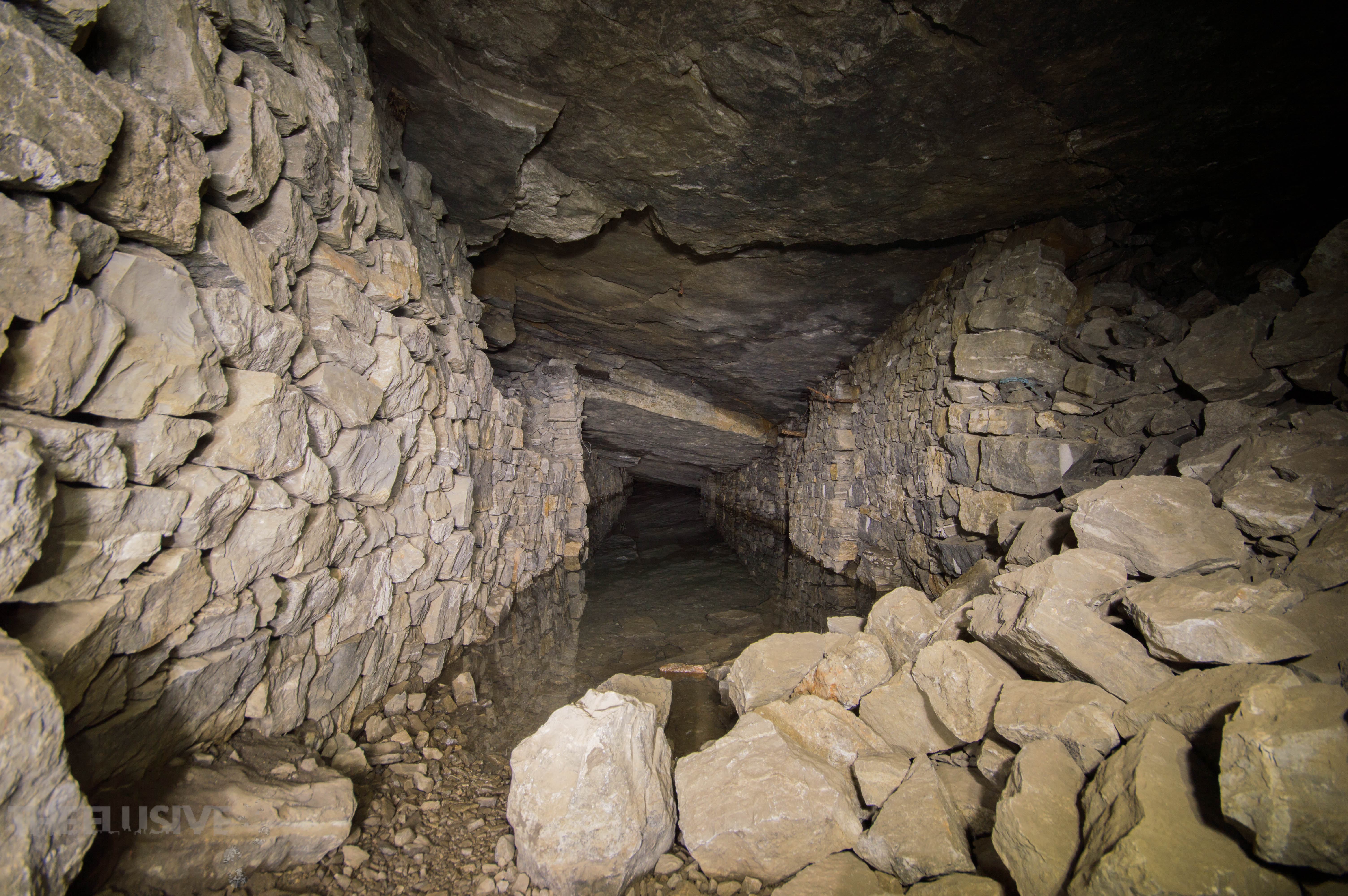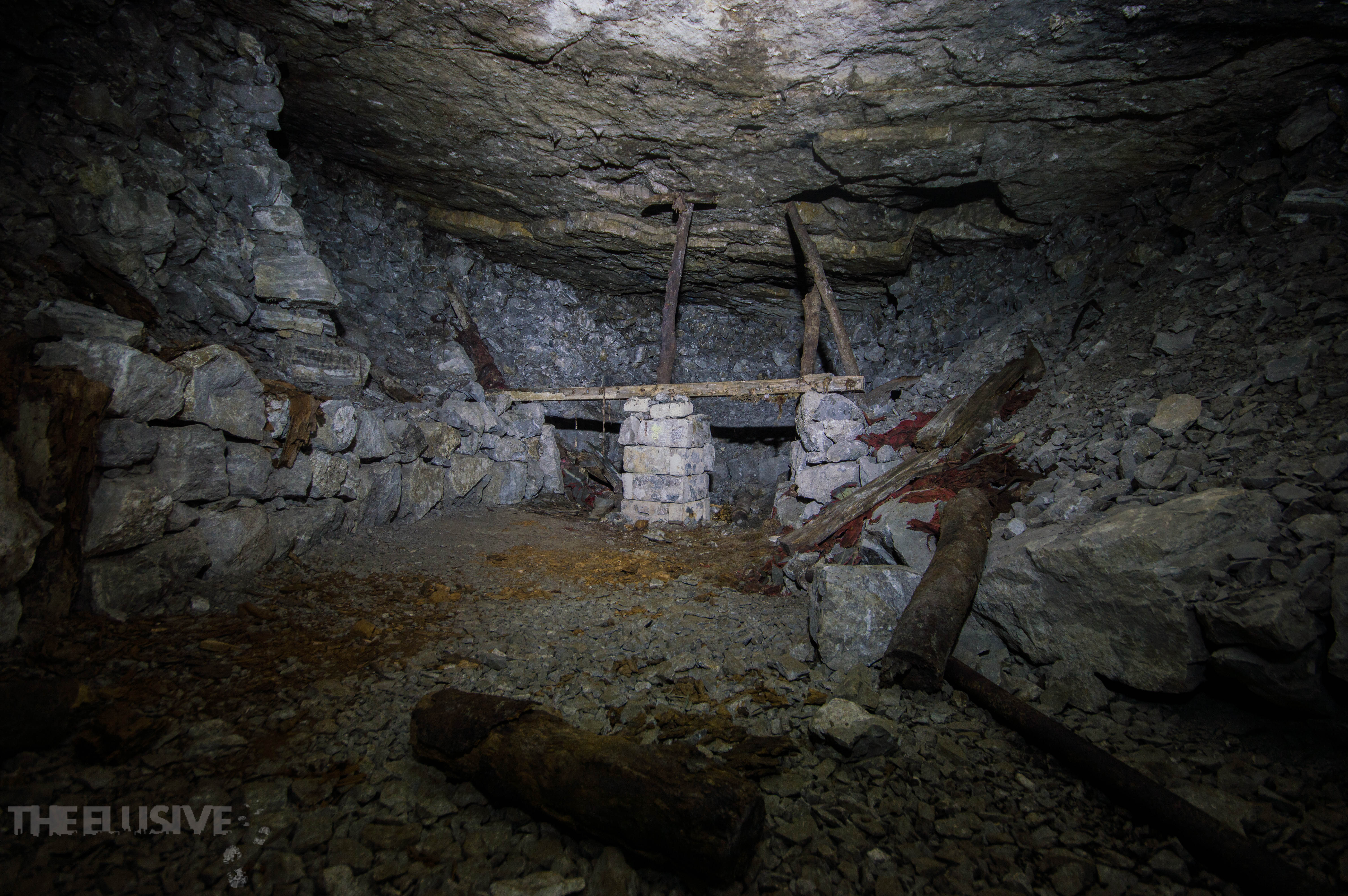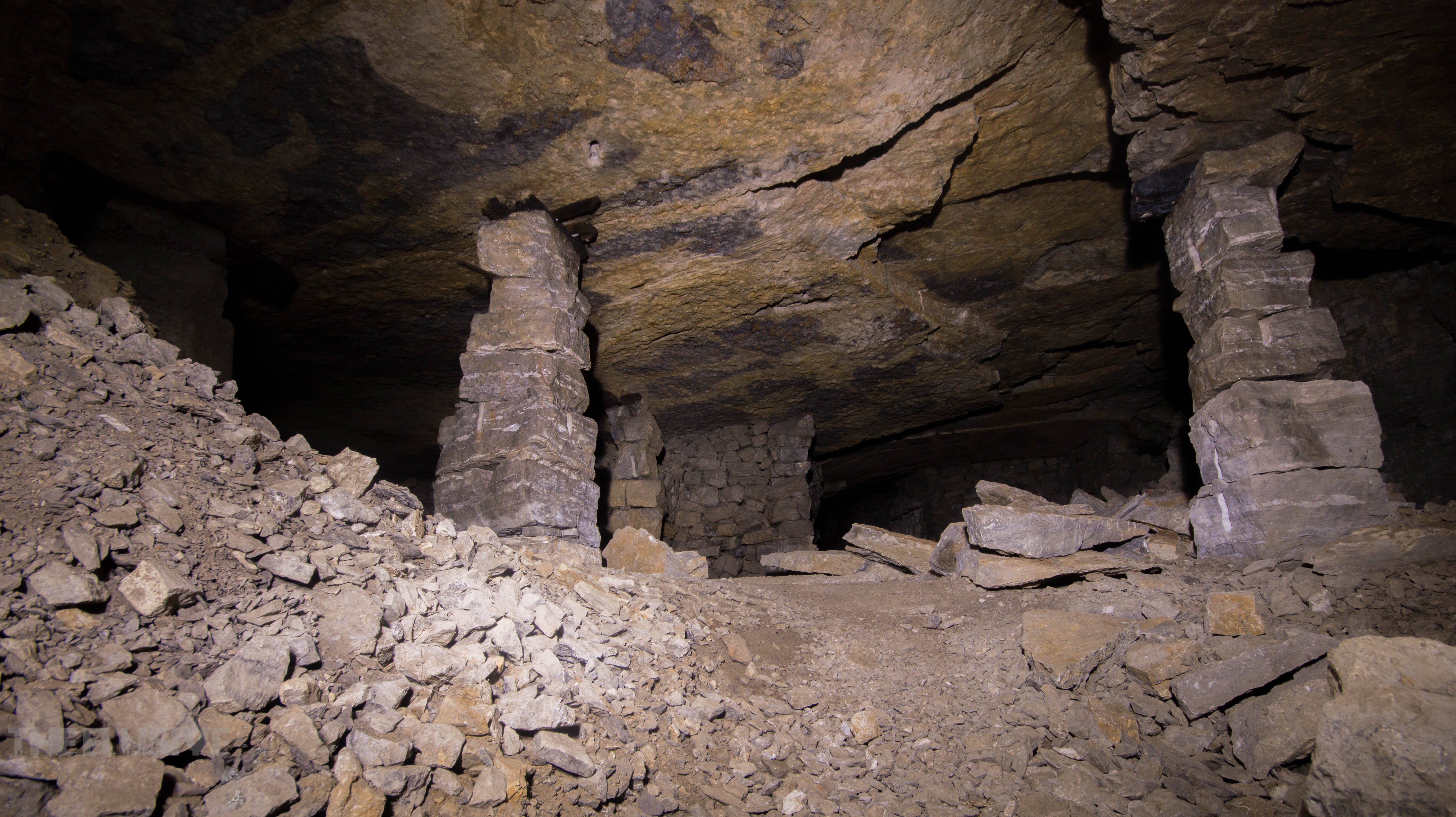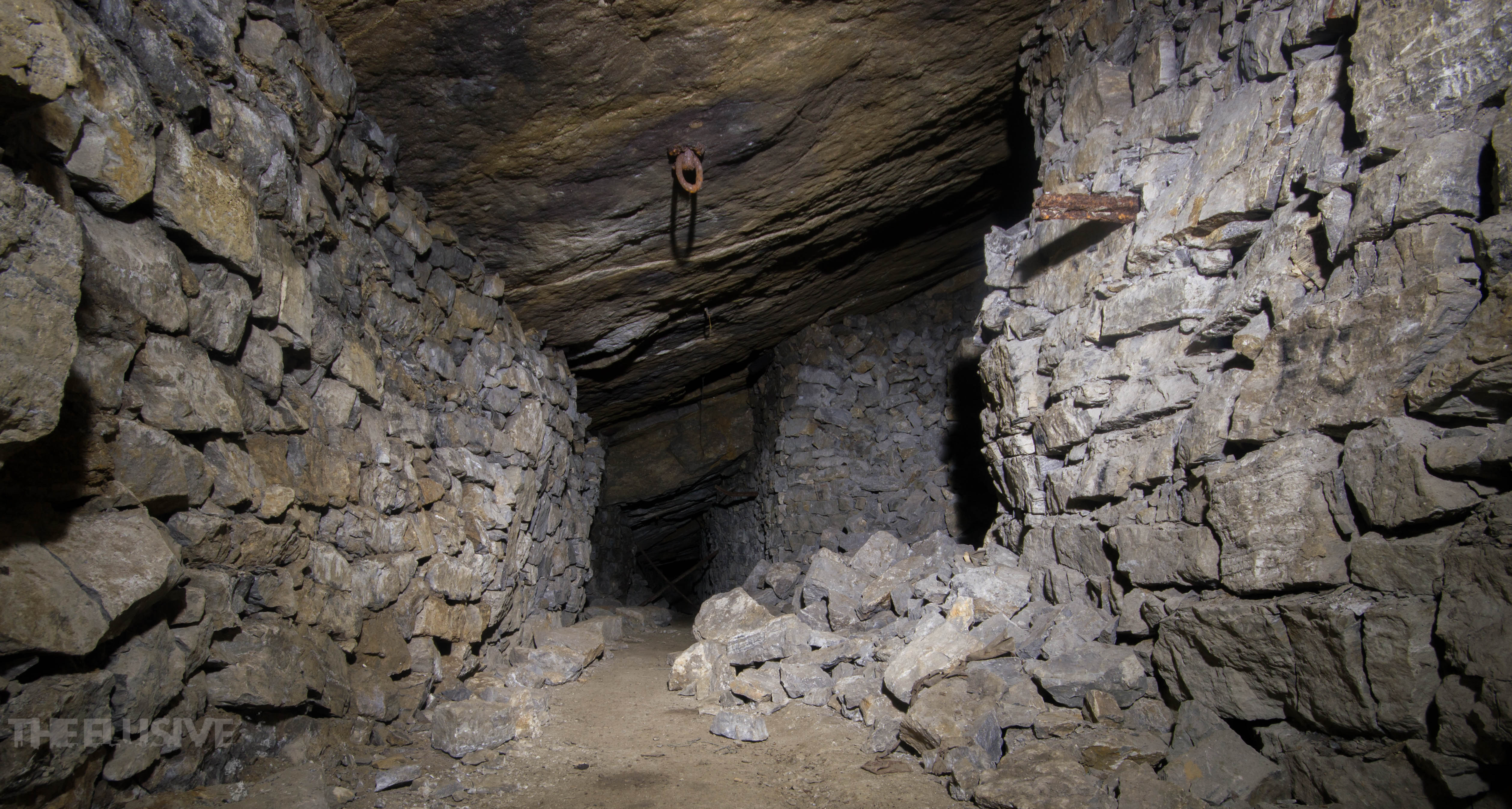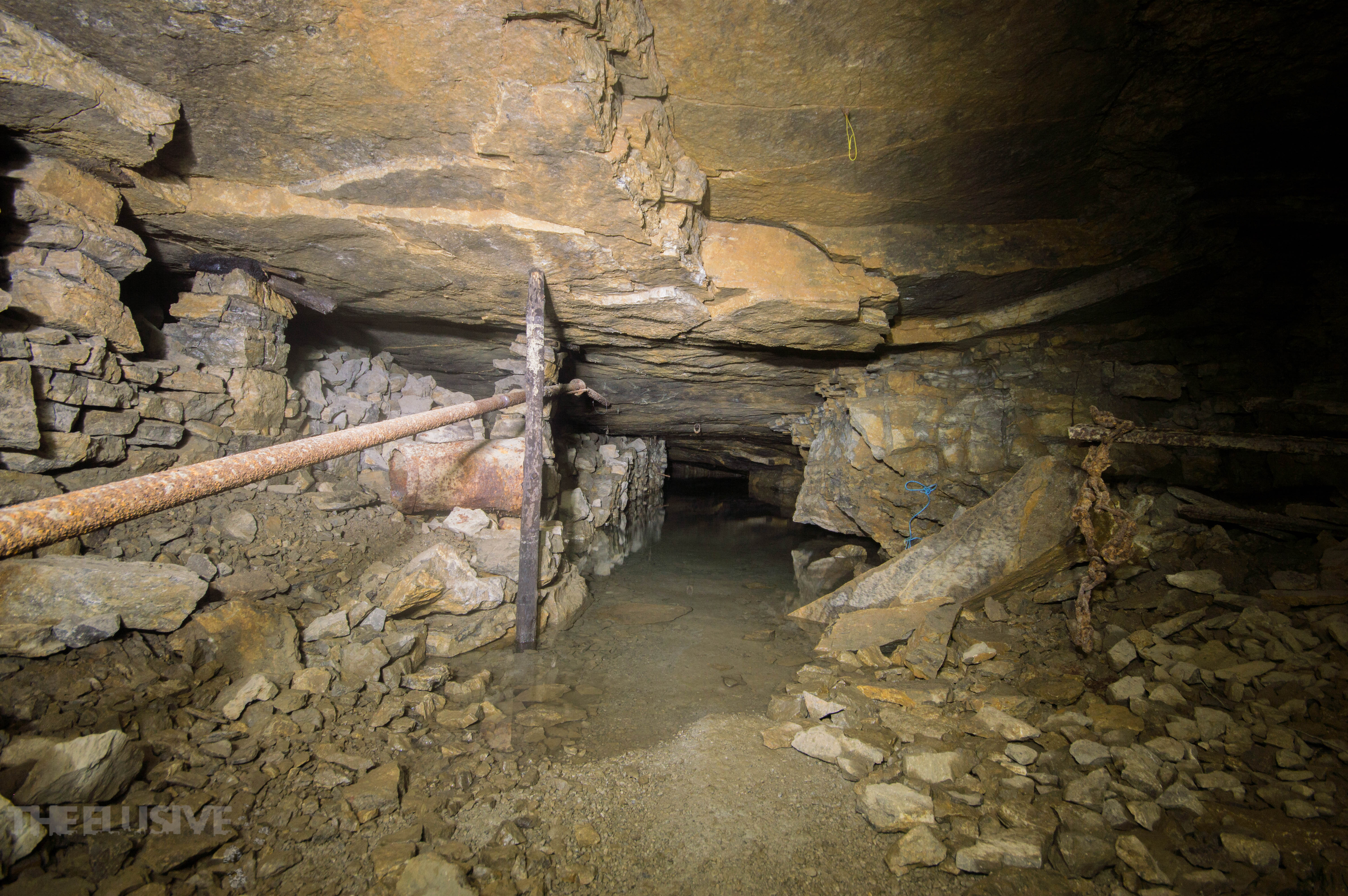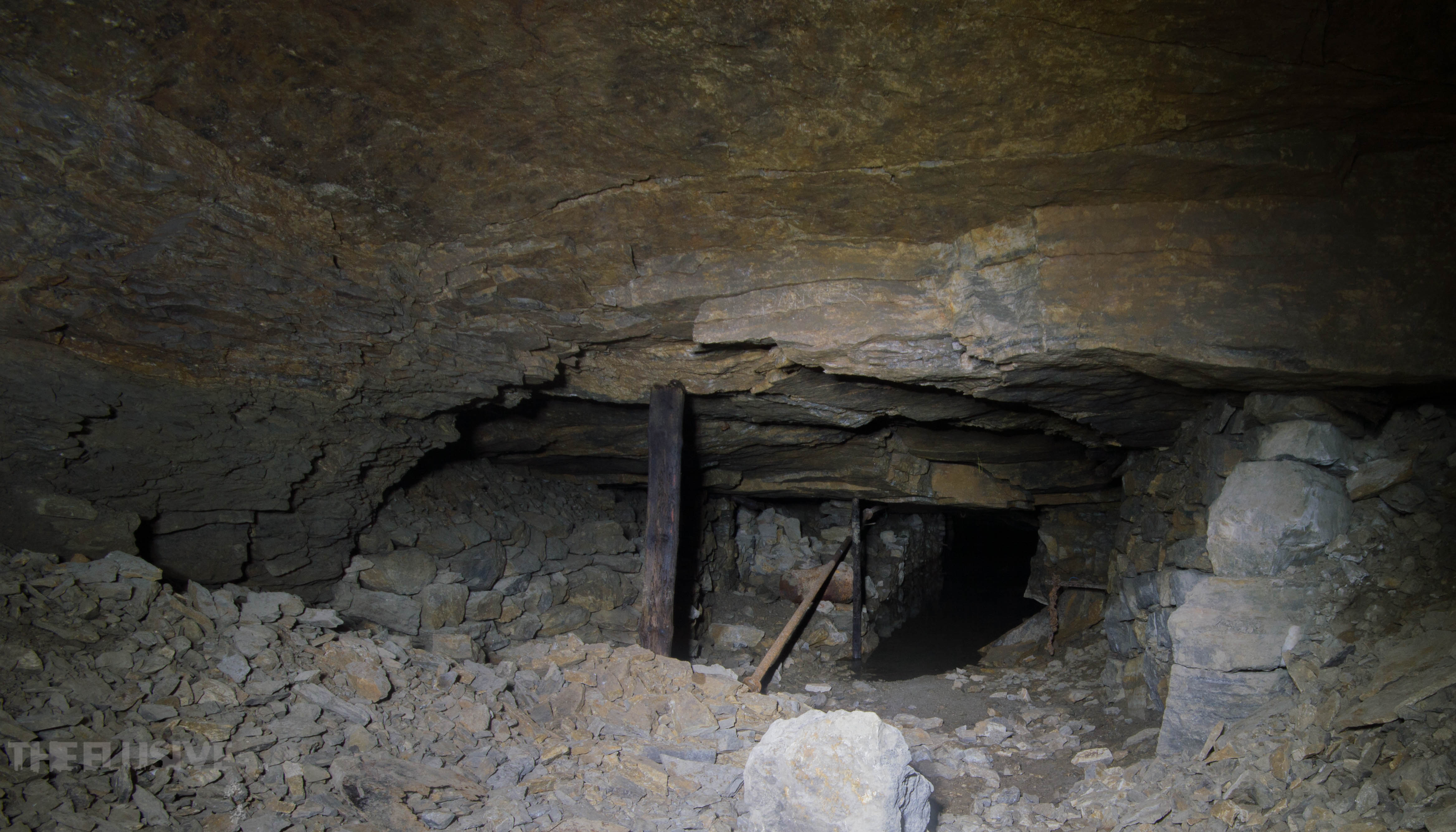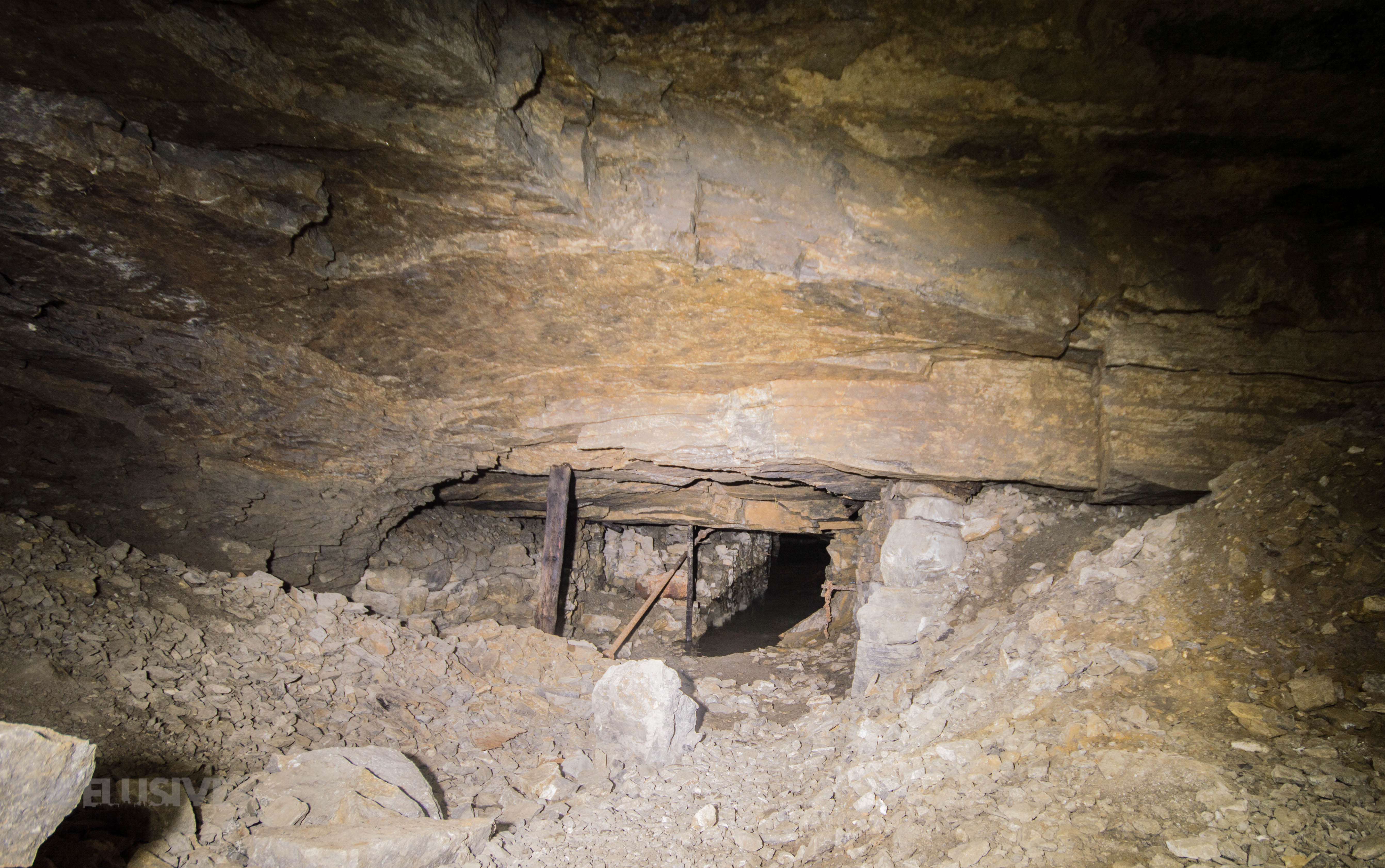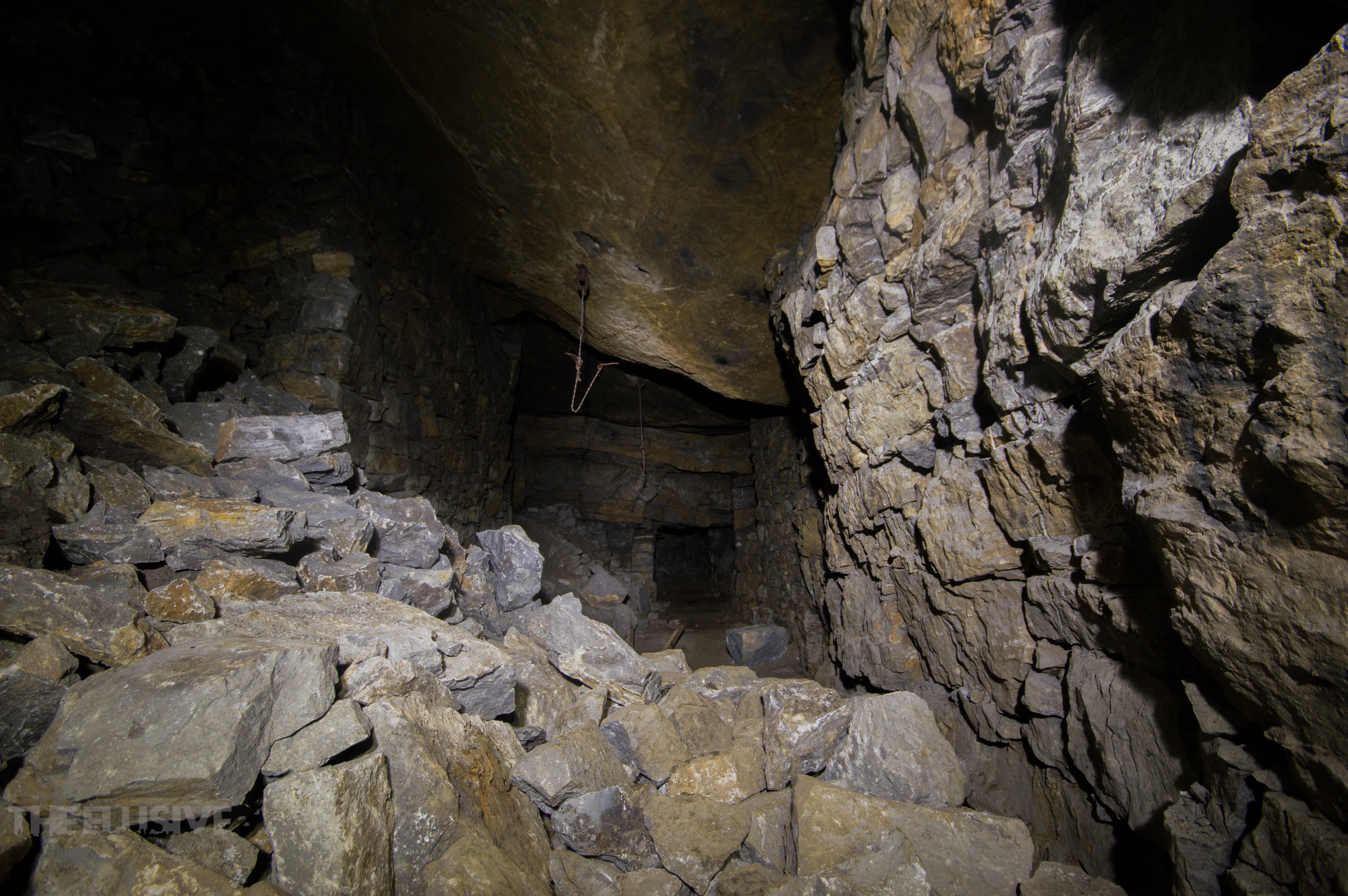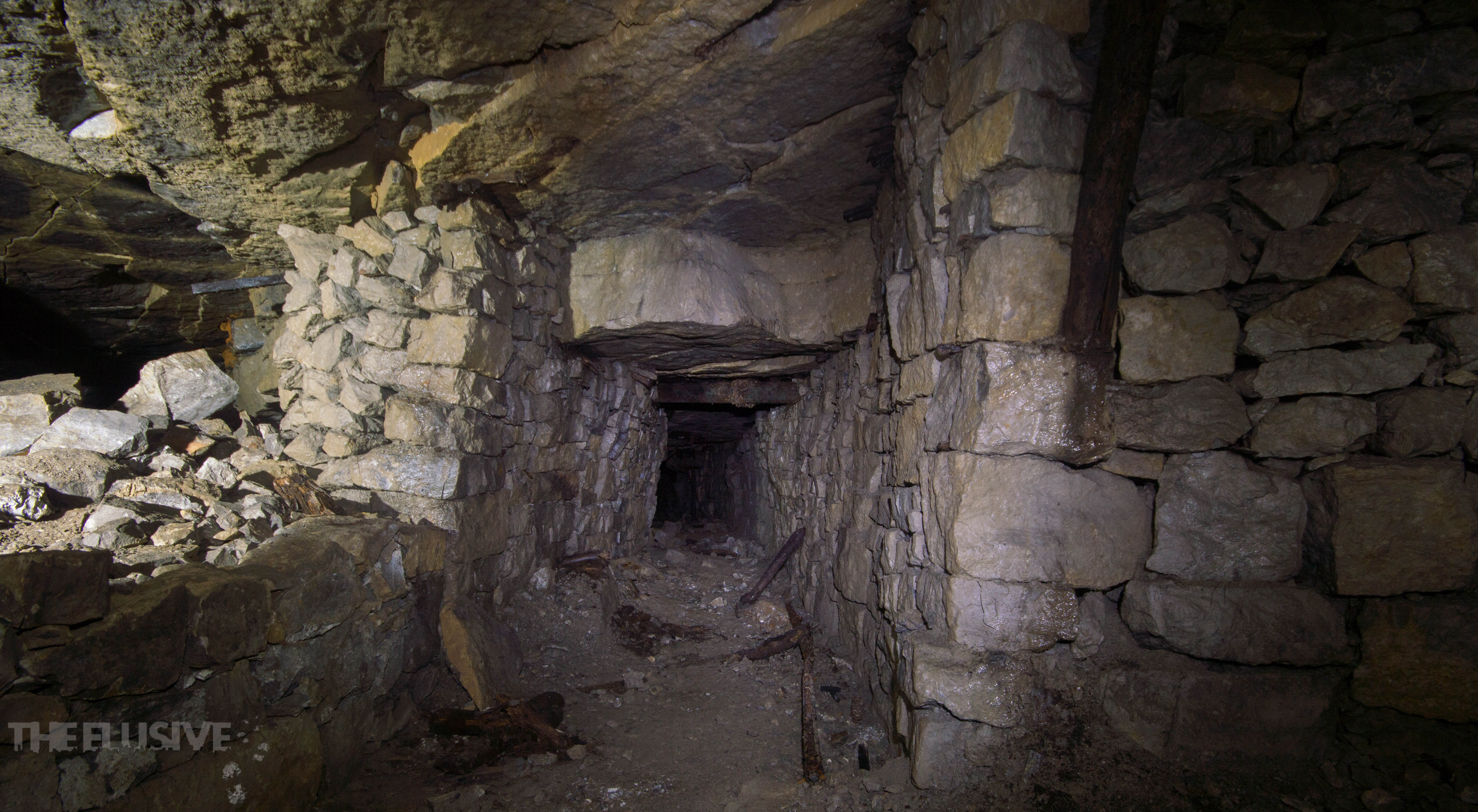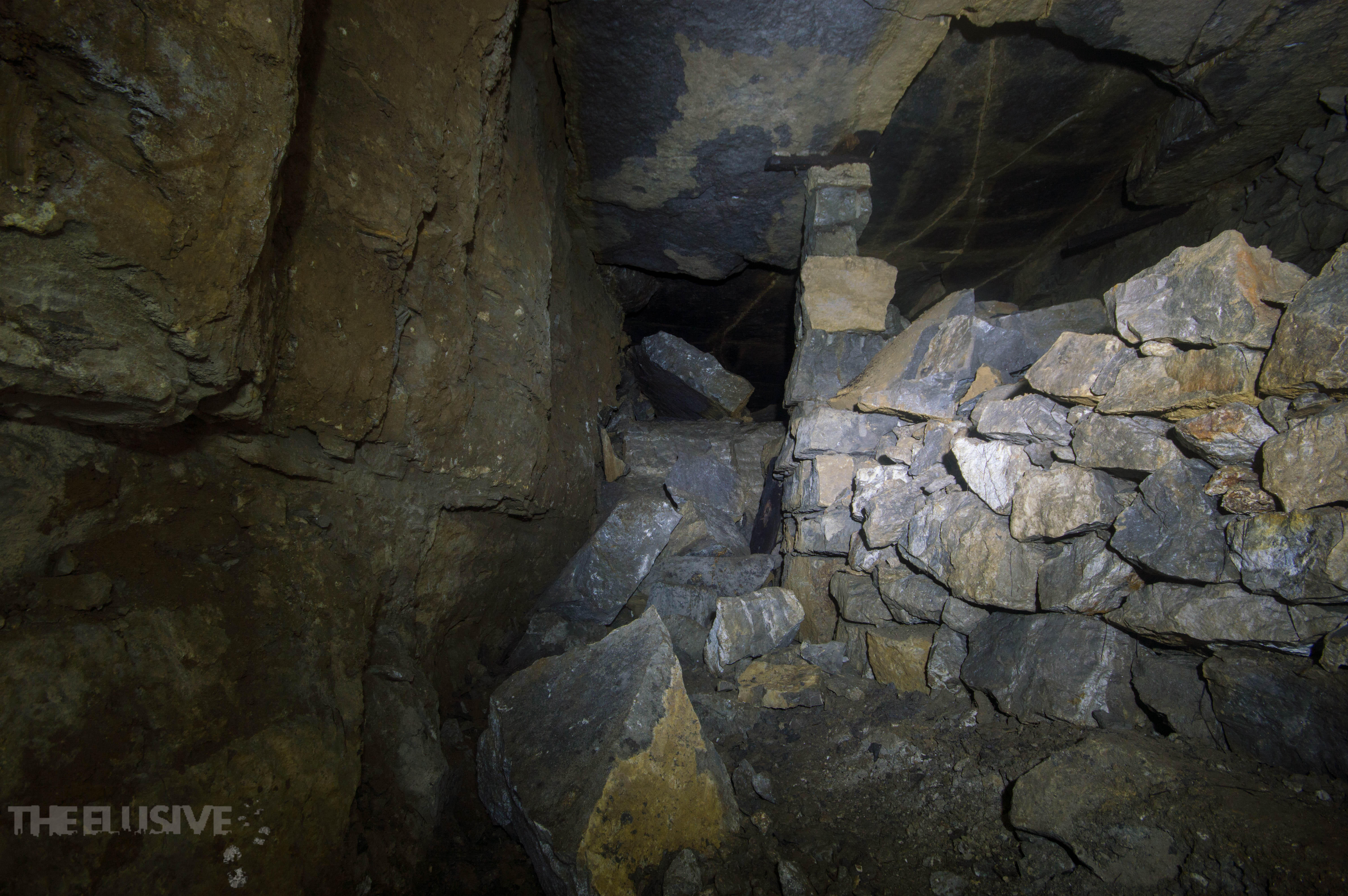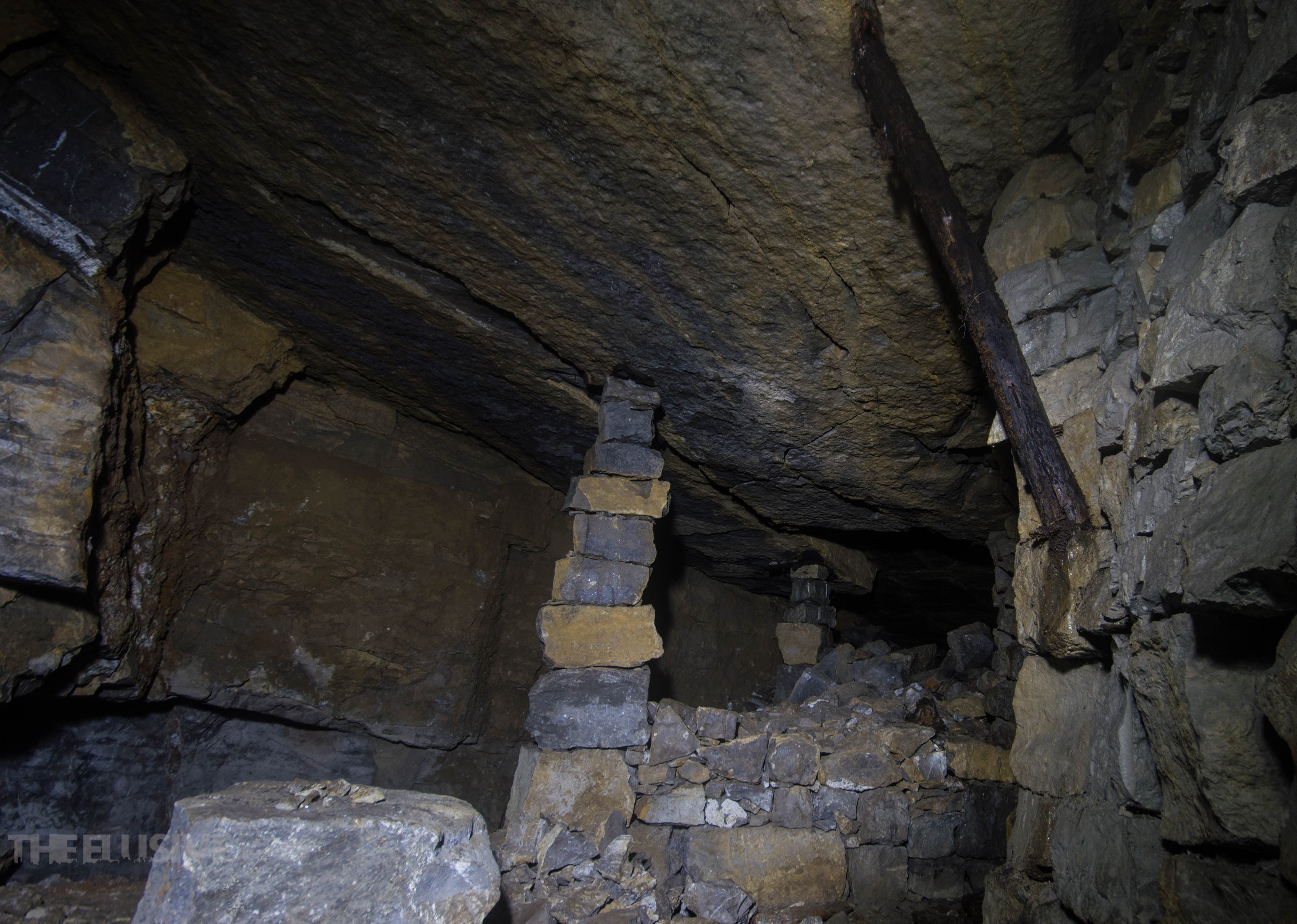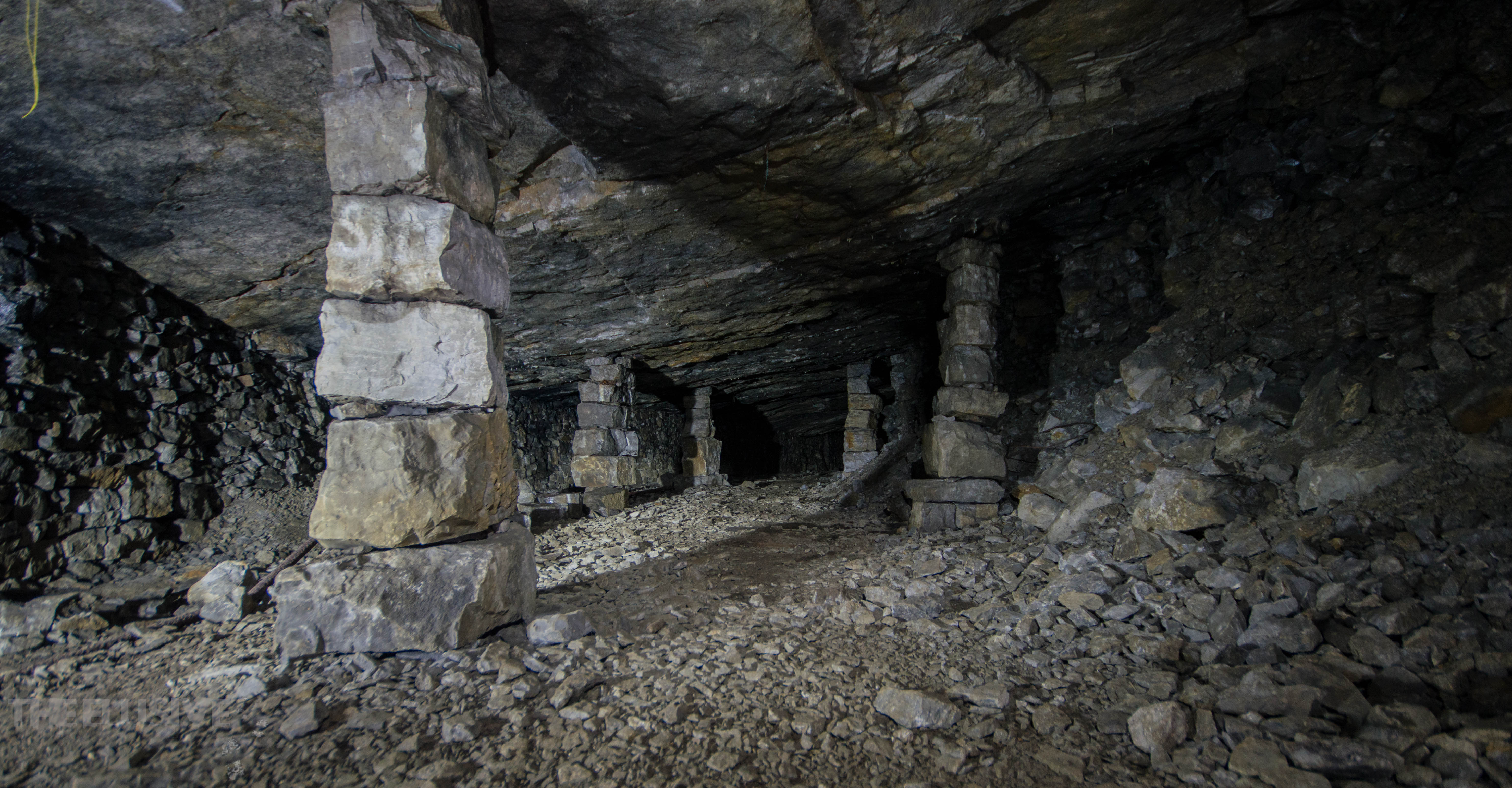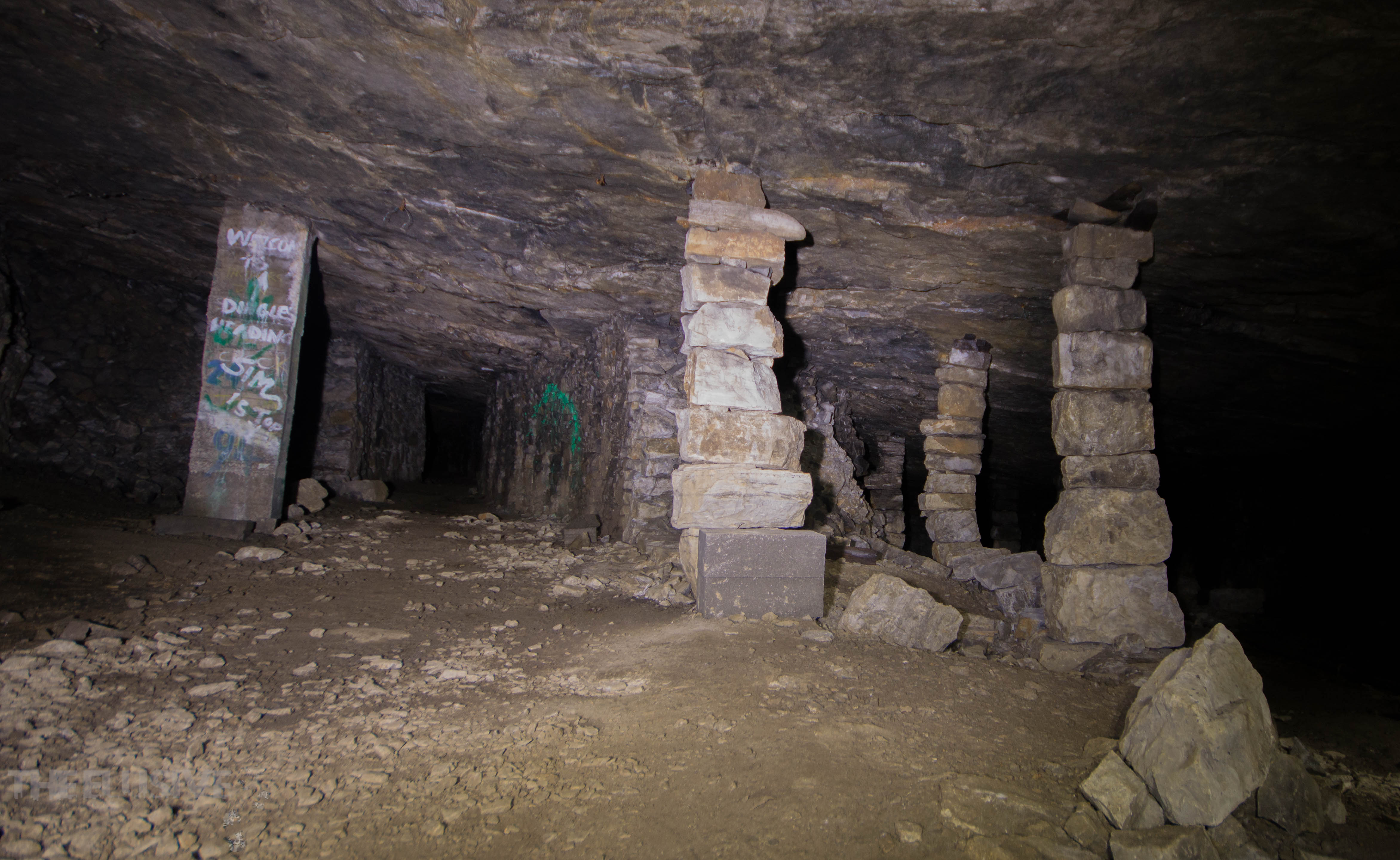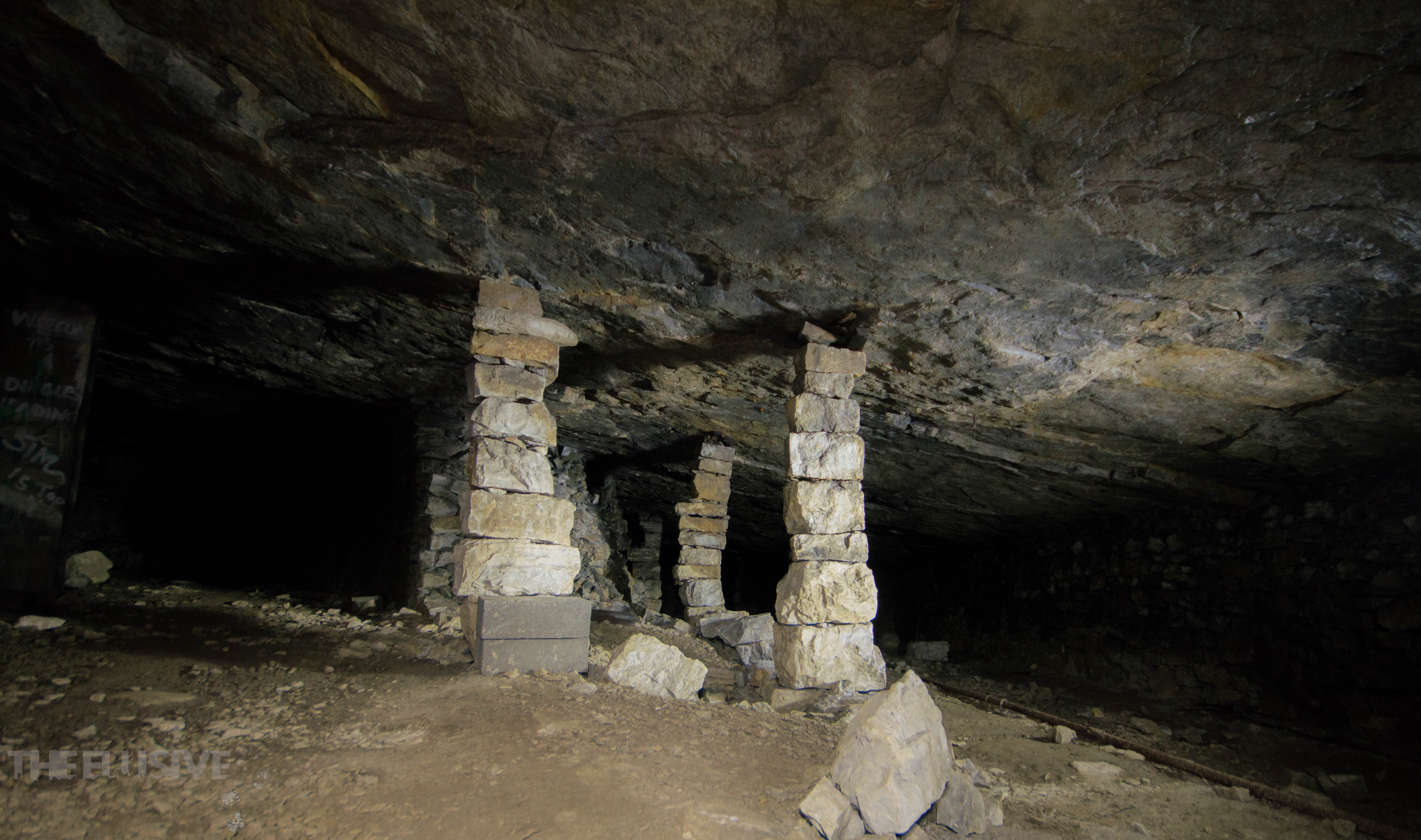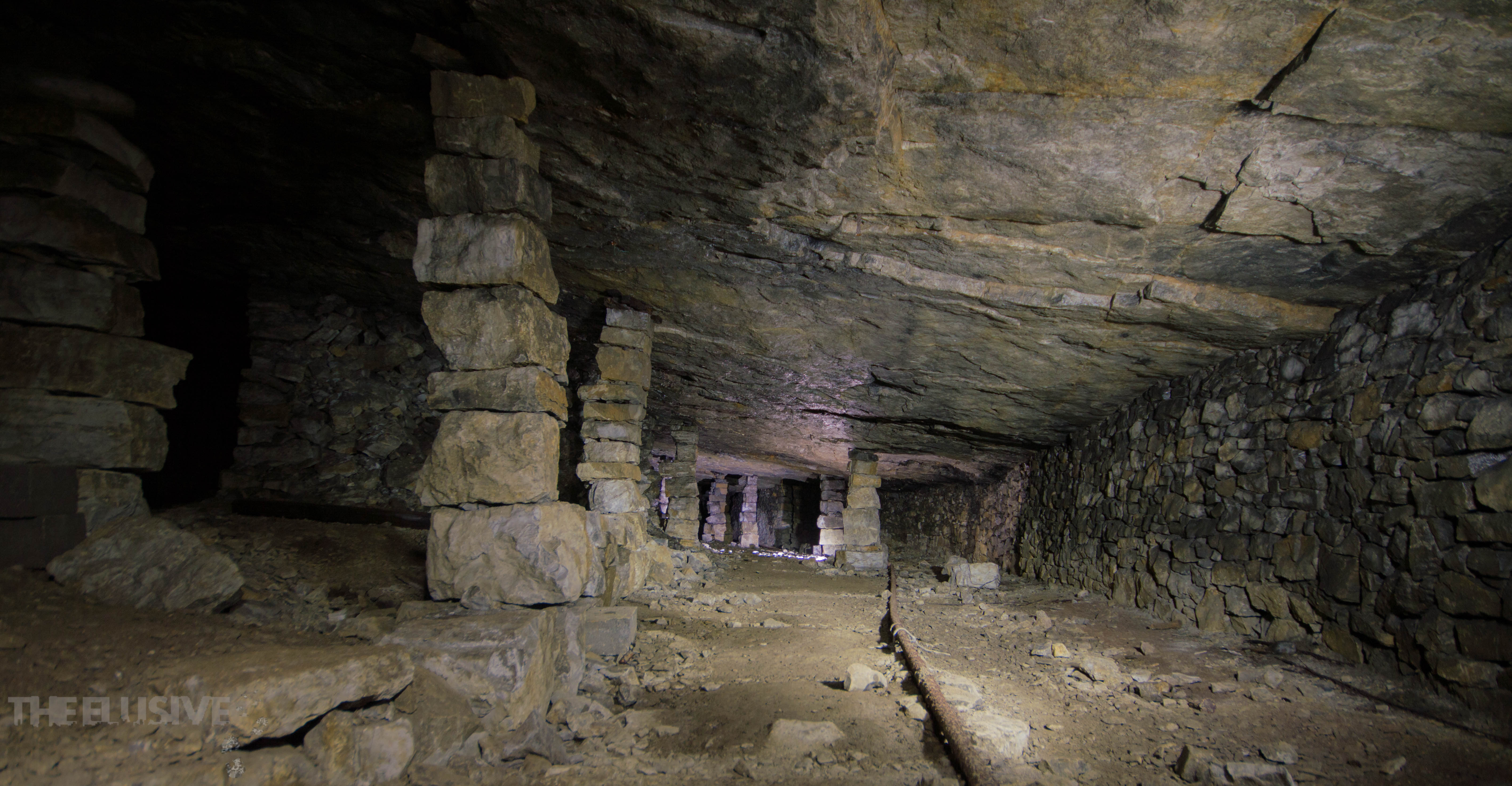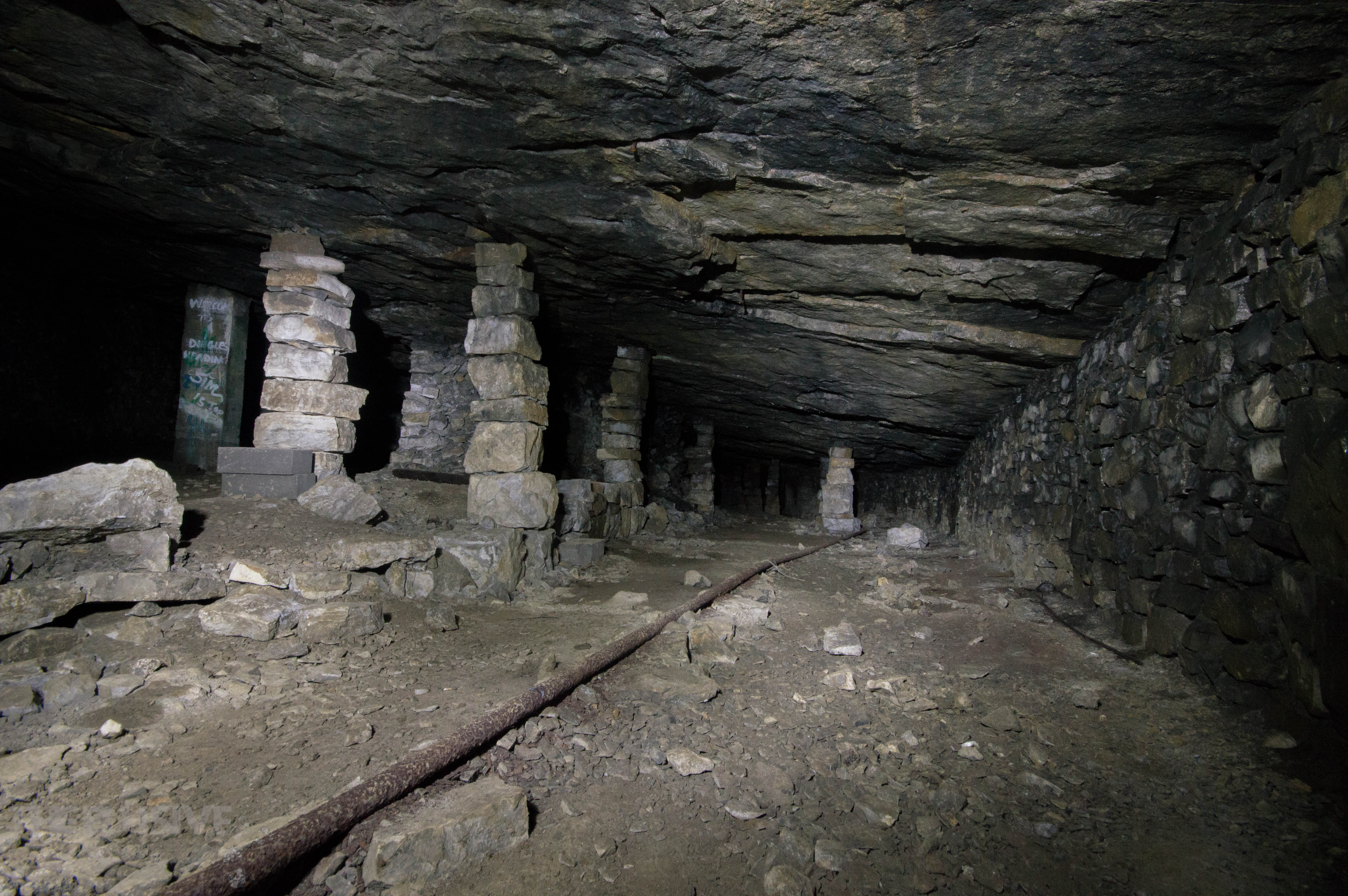Visited this place a few times and always find it a confusing place despite the layout being reasonably simple.. it does seem this place has degraded since my last visit; that being said Im not a underground specialist so i could be wrong! I believe it was used for the excavation of chert which to someone with limited knowledge like myself i thinks its a dark quartz looking material!
Chert is a form of fine-grained, flinty silica most commonly found in veins in the uppermost beds of a limestone sequence. Chert was worked into tools in prehistoric times, easily shaped by chipping off flakes to produce sharp edges.
The most useful role for chert was recognised about two centuries ago for the grinding of calcined flint, used as a whitening agent in earthenware manufacture. In 1772 the potter Josiah Wedgwood recommended Derbyshire chert as a major improvement over granite millstones, which left annoying black specks in the pure white flint.
The chert bed was on average 9 ft (2.7 m) thick, though up to 18 ft (5.5 m) in places. It was extracted by removing the underlying limestone so that the chert fell under its own weight. A hoist powered by compressed air loaded it onto flat wagons, drawn to the surface by compressed air winches along a 1 ft 6 in (46 cm) gauge railway. The ‘waste’ limestone was built up into substantial roof supports.
http://www.oldfielddesign.com/holmebank.html
